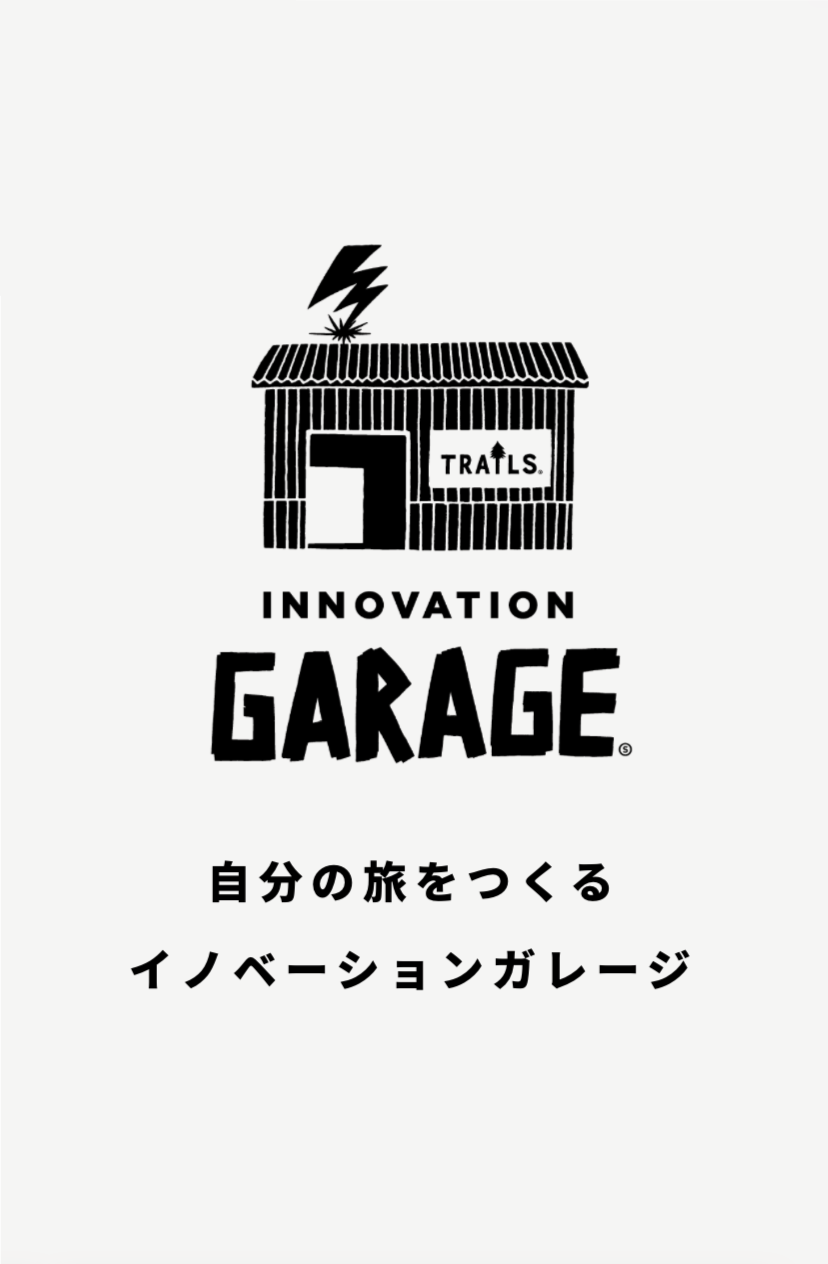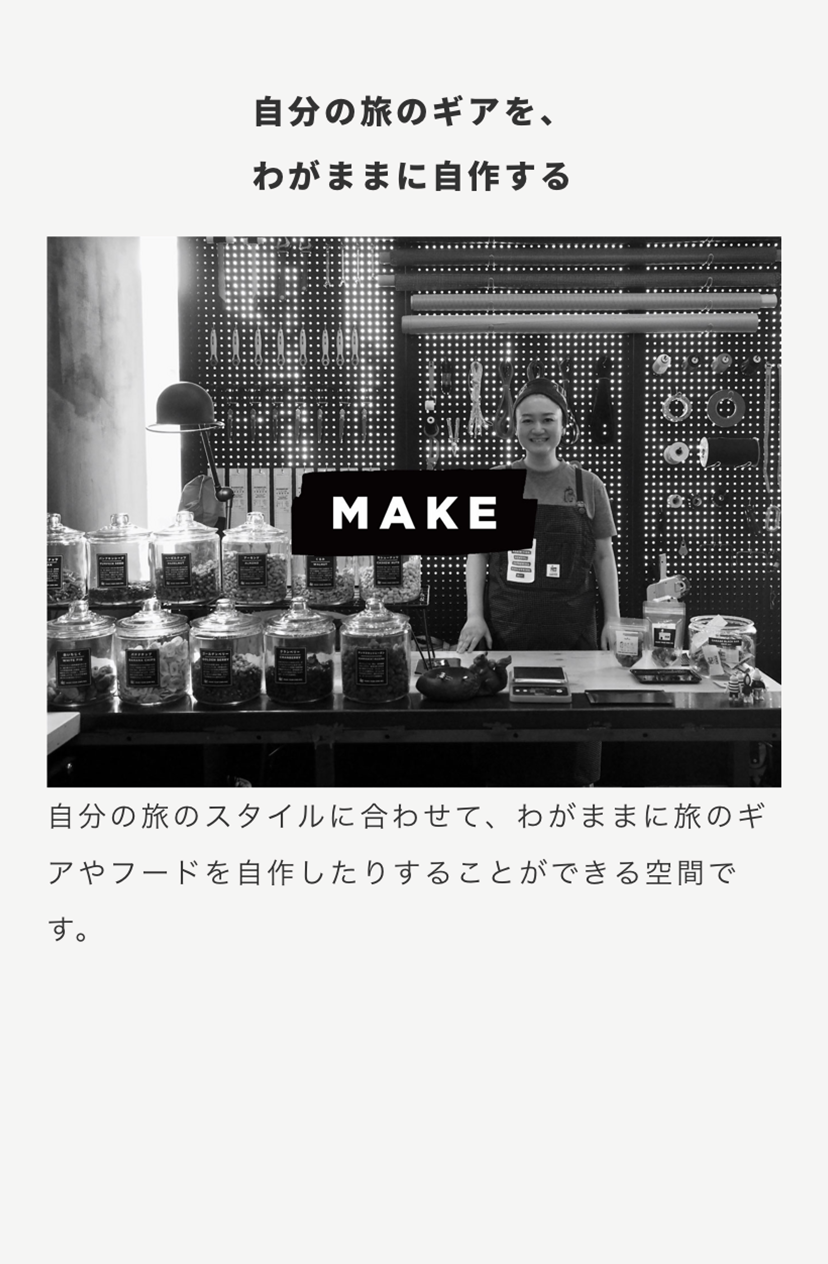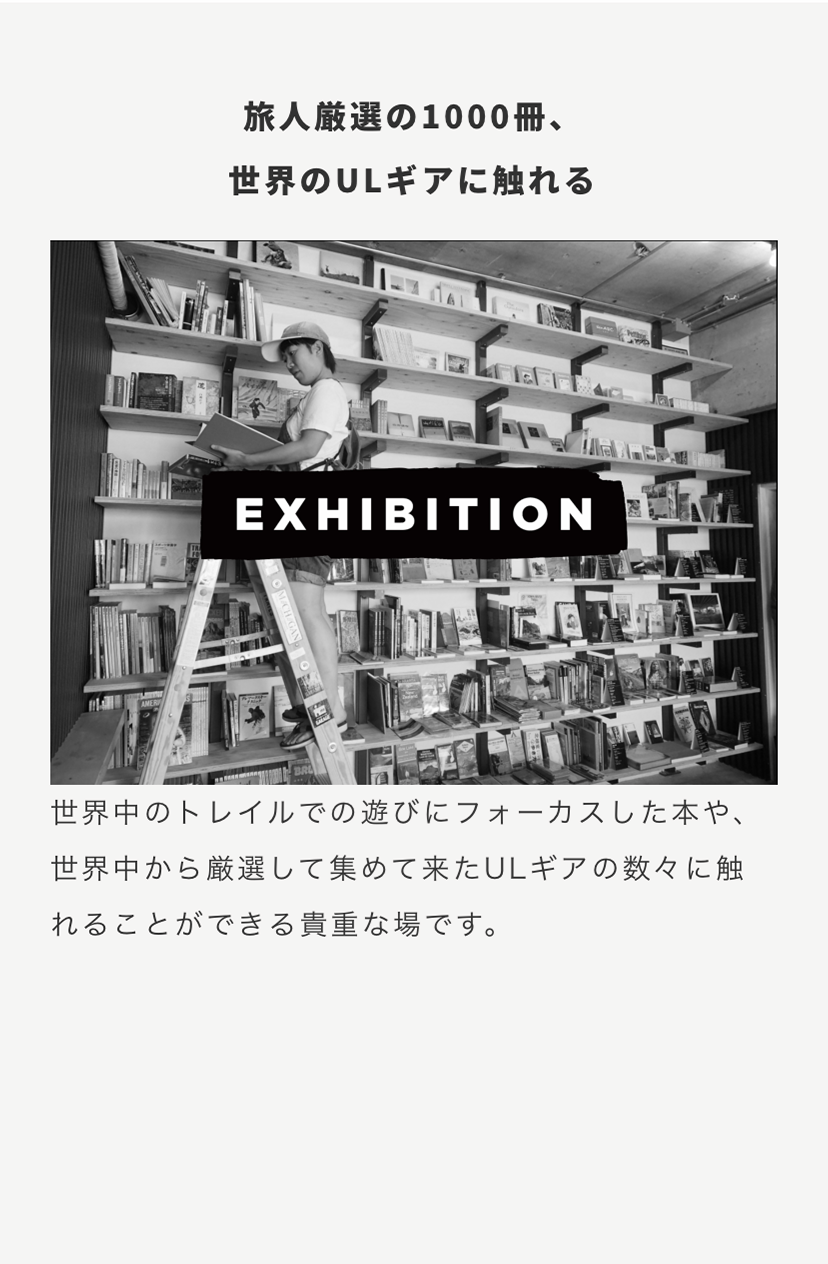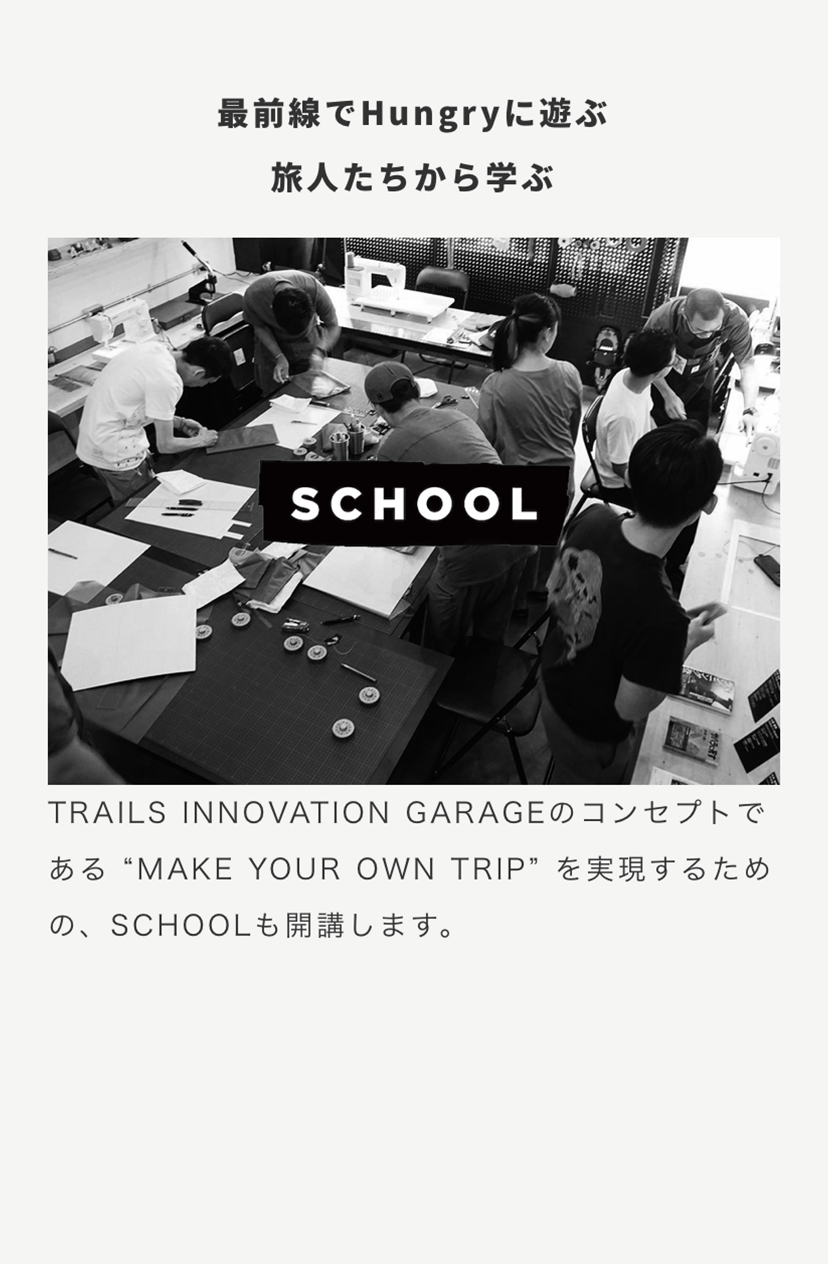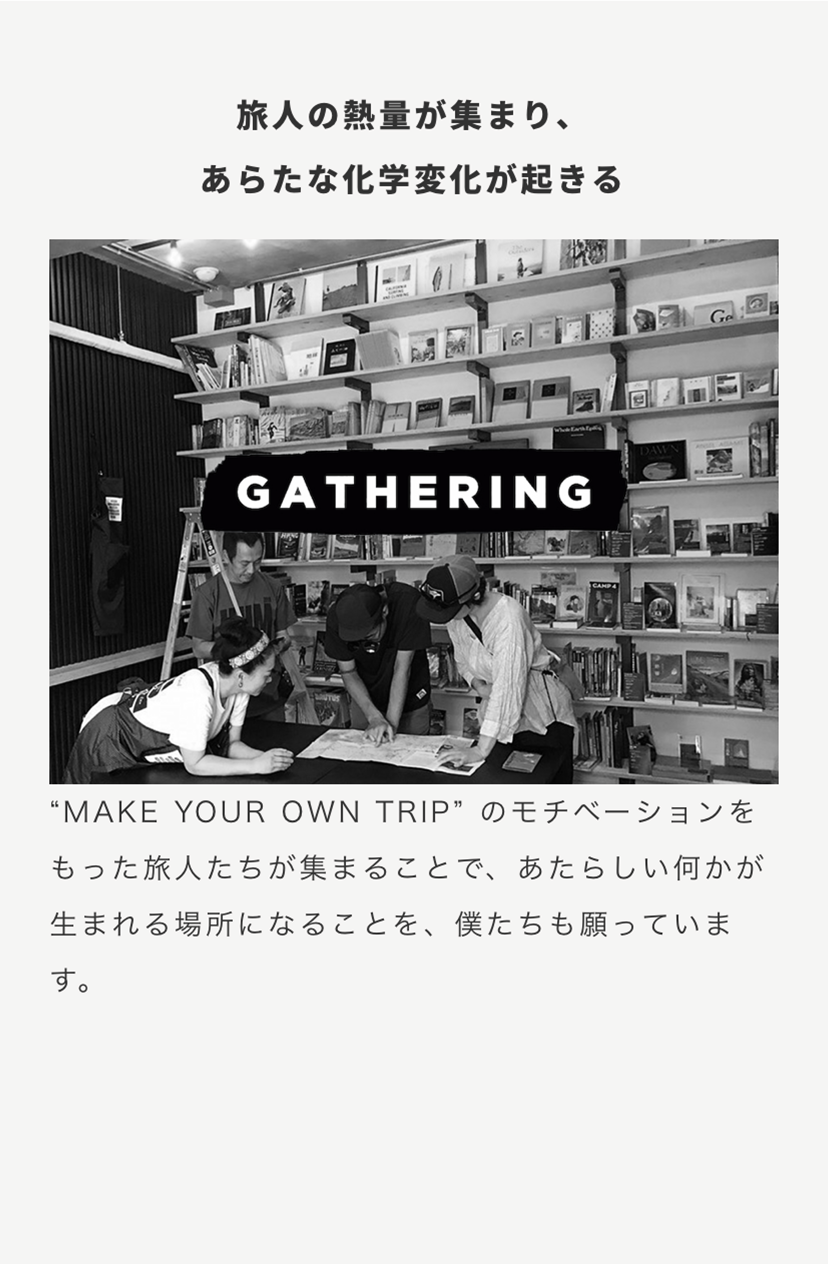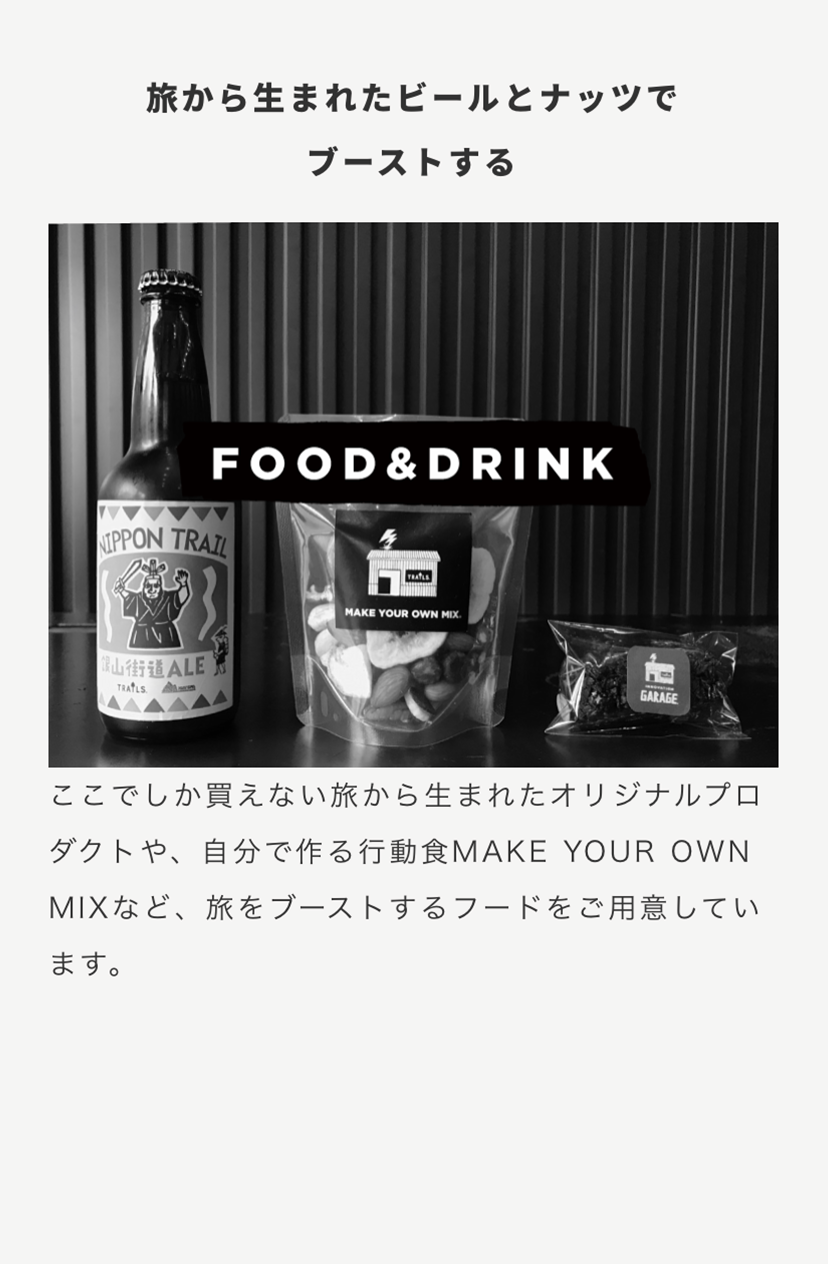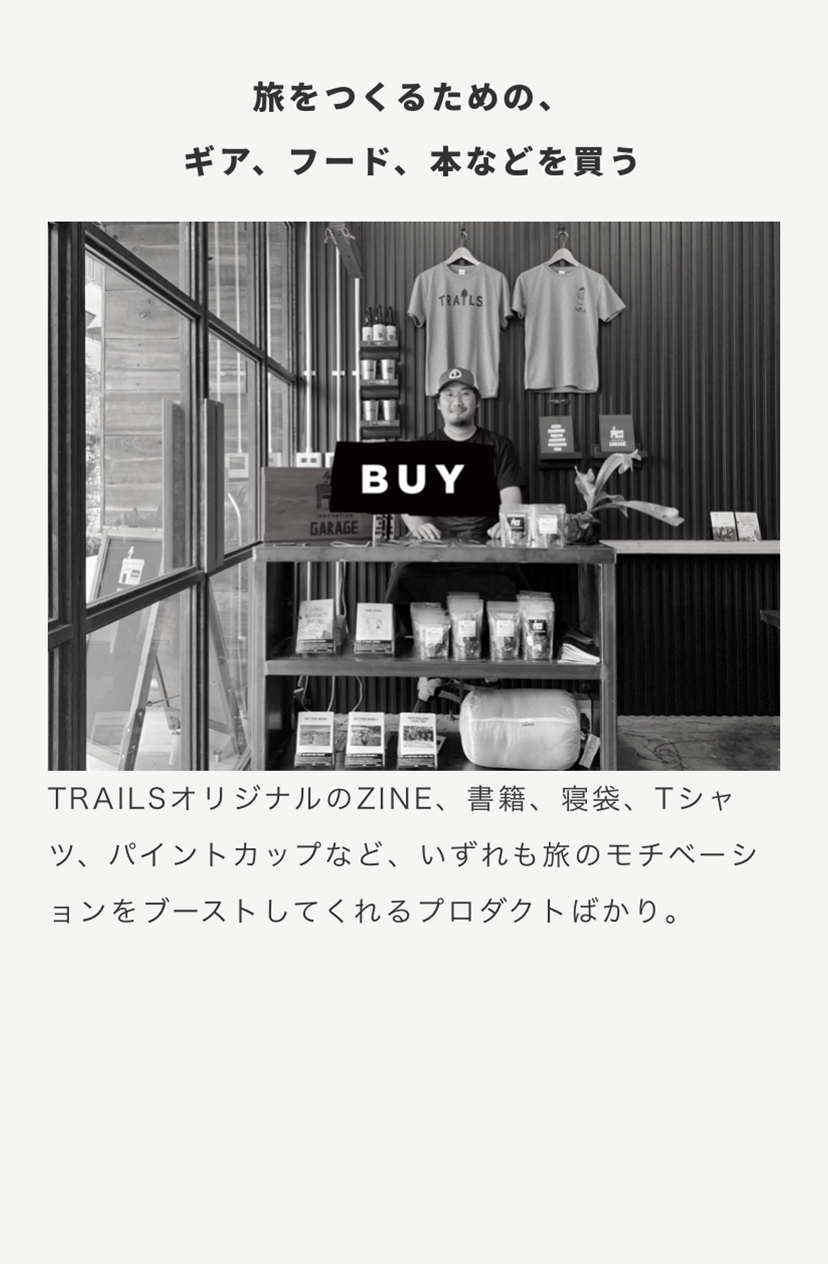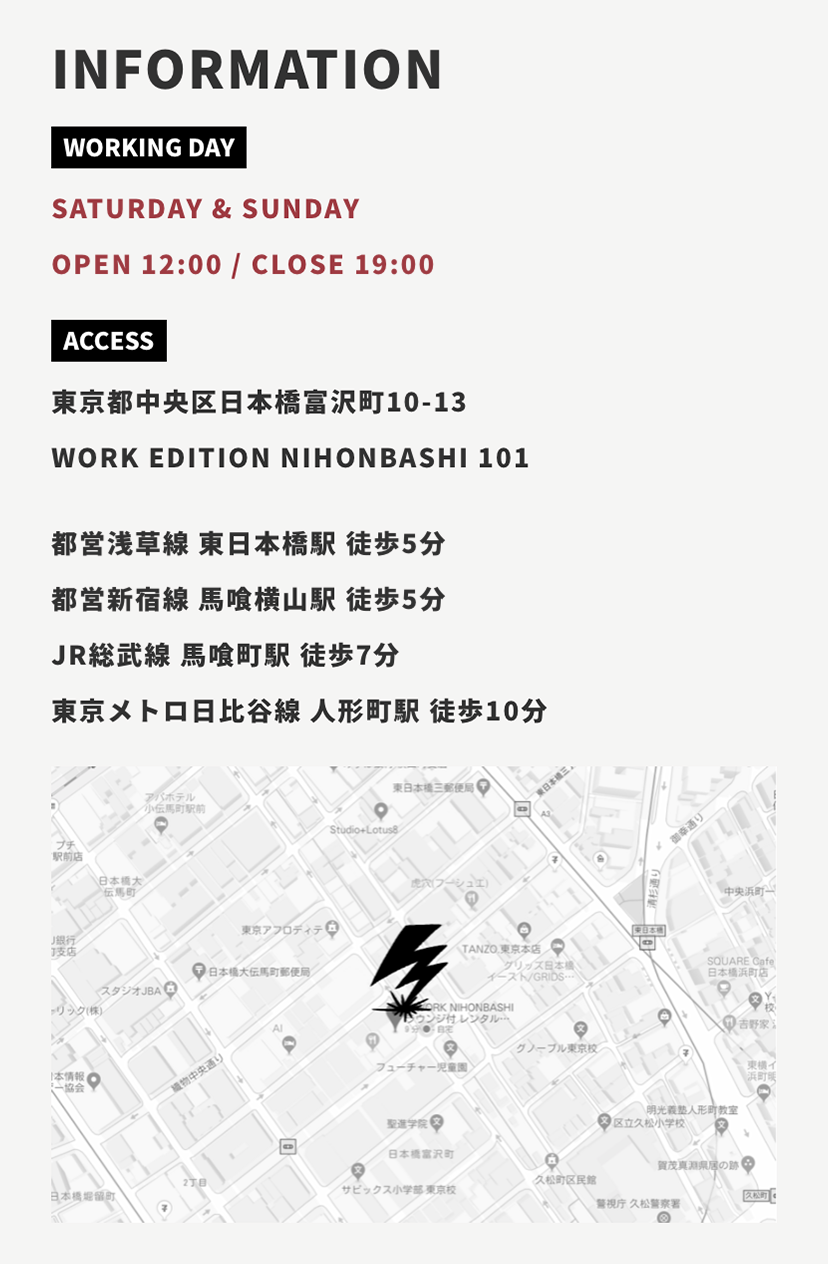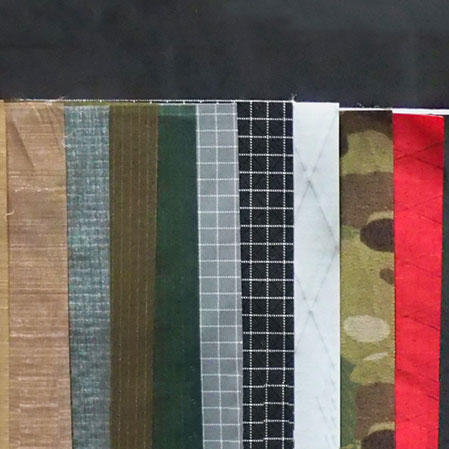パックラフト・アディクト | #54 クロアチア、美しい滝が集まる3つの川をめぐる旅(前編)
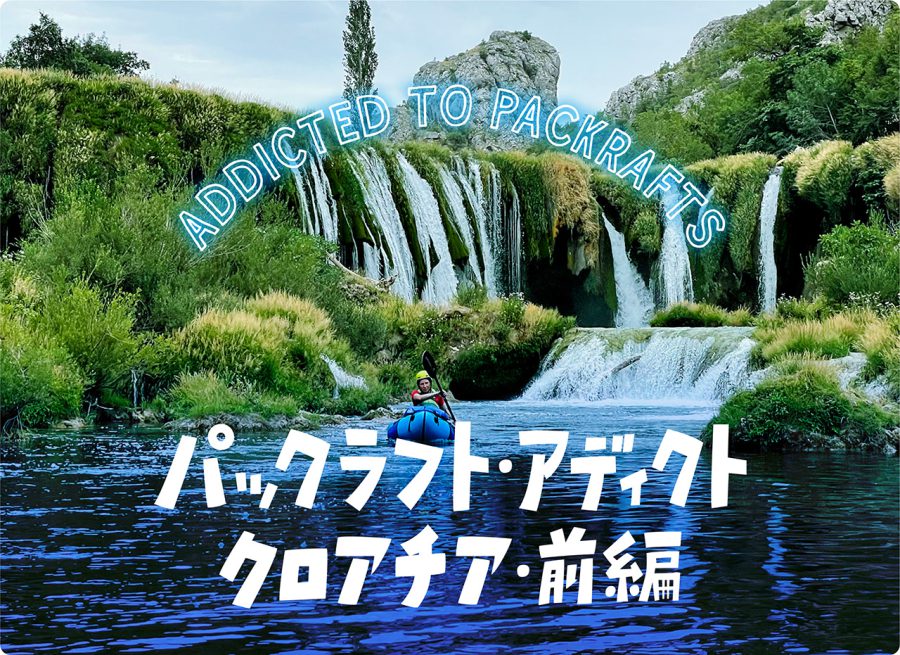
Summer Packrafting Adventure in Croatia (Part 1)
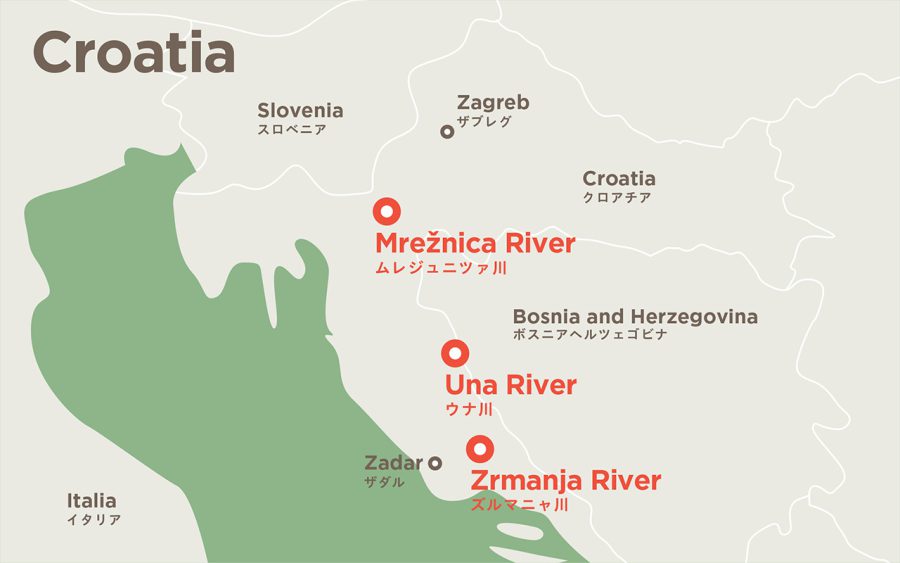
Man proposes, but God disposes. This is an old saying that means that regardless of what you plan, it might not be what will come out of it. And this was exactly the case with my “BIG” summer packrafting adventure this year as well.
The original plan was to go to Iceland for two weeks in the beginning of July. I was invited by a Dutch packrafting friend of mine to join him and his American friends on a spectacular adventure in the Icelandic interior. It sounded very exciting, and I was all in for it. However, plane tickets bought and bags almost packed, I had to give up on this trip as due to the worsening COVID-19 pandemic, the Icelandic authorities changed the entry requirements from “just being fully vaccinated” to a minimum of “14 days after being fully vaccinated.” Otherwise, you needed to spend 5 to 6 days in a quarantine in a hotel.
My Plan B was to join my Russian friends on their two-week trip in the north of the country. This plan did not work out either as I, being a Dutch citizen now, I need to get a visa to enter Russia, and I could not get one. So, I had to give up on this plan as well.
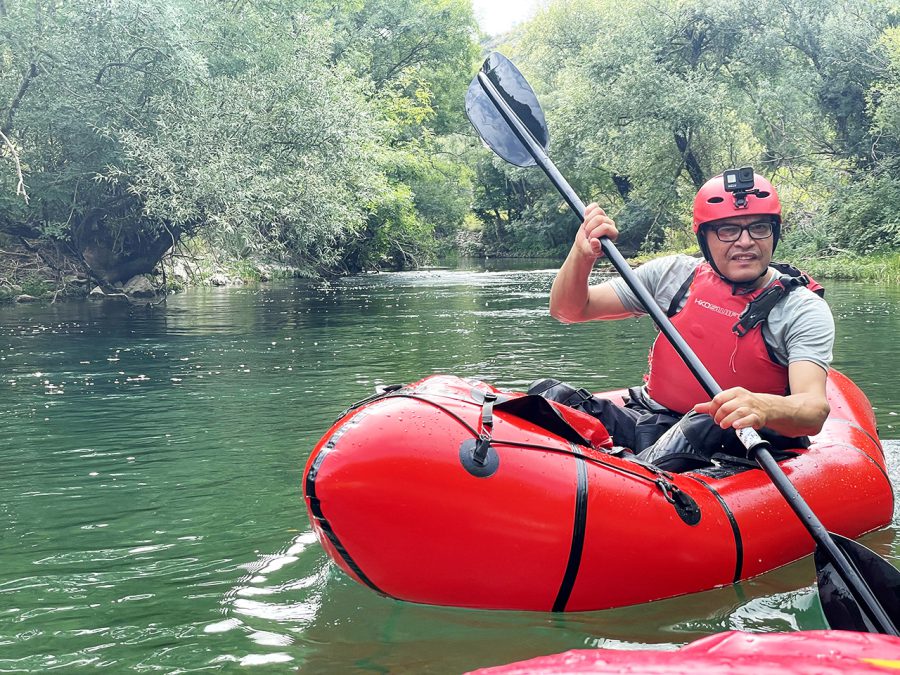
Luckily, I heard from Remi (the Netherlands) and Živa (Slovenia) that they were planning their ‘BIG’ summer trip as well, and I decided to join them. I have paddled with them on several trips (for example, see my previous articles on the packrafting trip in Montenegro two years ago), I trust them as paddlers, and I like their company a lot. The only problem was that they were not certain where they would go either. The two main options to choose from were a multi-day trip in Oulanka National Park in Finland or day trips on several rivers in Croatia, each one having its own advantages and disadvantages.
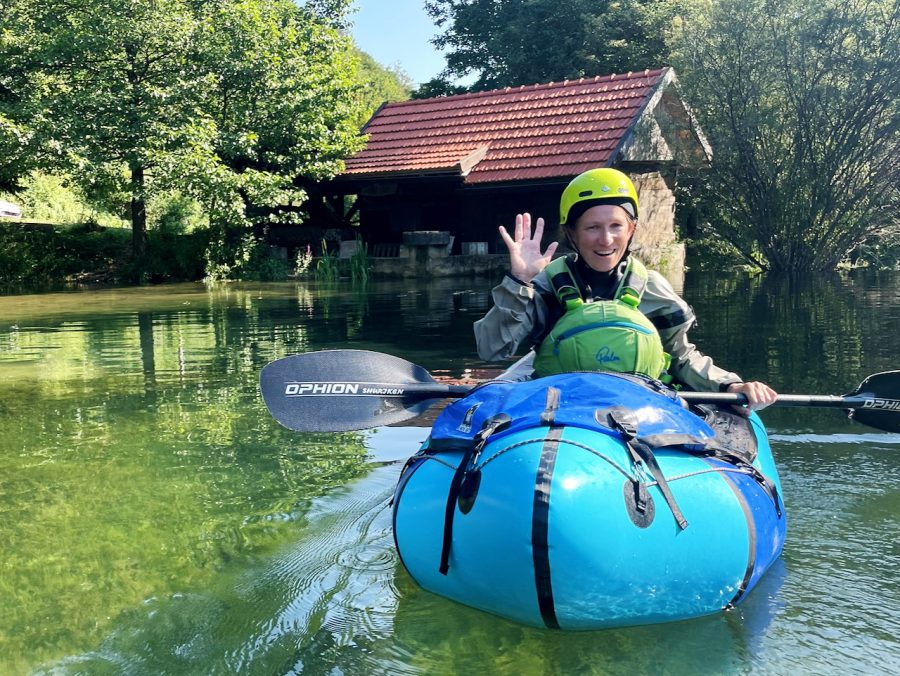
After much consideration, we decided to go for the latter as getting to the river in Finland was significantly more complex, time consuming and expensive. In addition, none of us was looking forward to being eaten alive by mosquitoes, which is always a possibility in Finland in summer. At the same time, Croatia’s less strict COVID-19 regulations, easier access, and a possibility of having Živa’s car with us (which made us more flexible) were the deciding factors for Croatia.
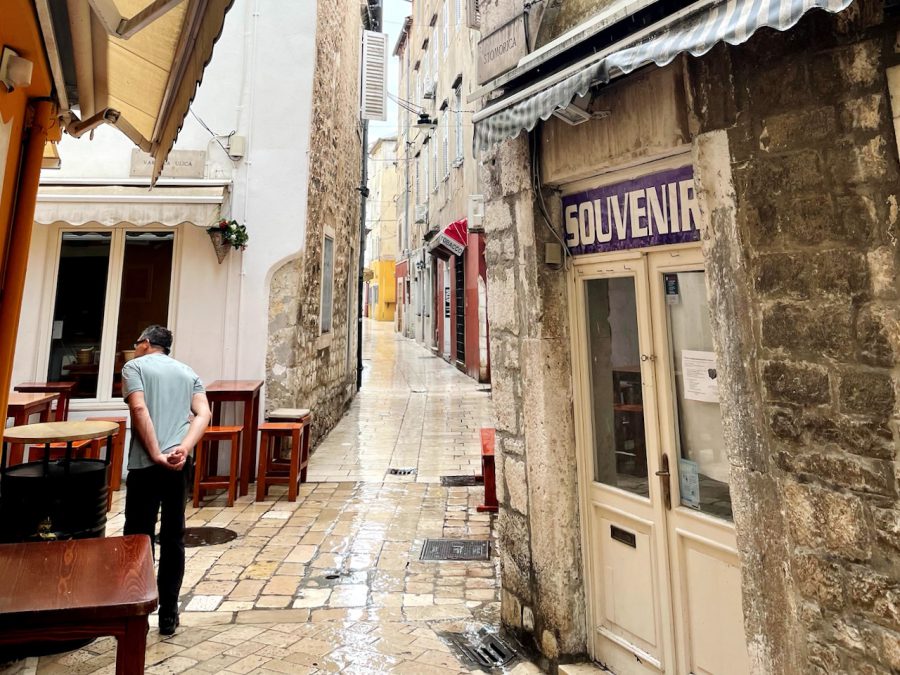
And so, I took a plane to Zadar, where I spent a day at the coast waiting for Živa and Remi, who arrived by car from Slovenia the next day. (Remi took a plane to Ljubljana.) This was rather fortunate as the first river that we decided to paddle was the Zrmanja, which is just an hour away from Zadar.
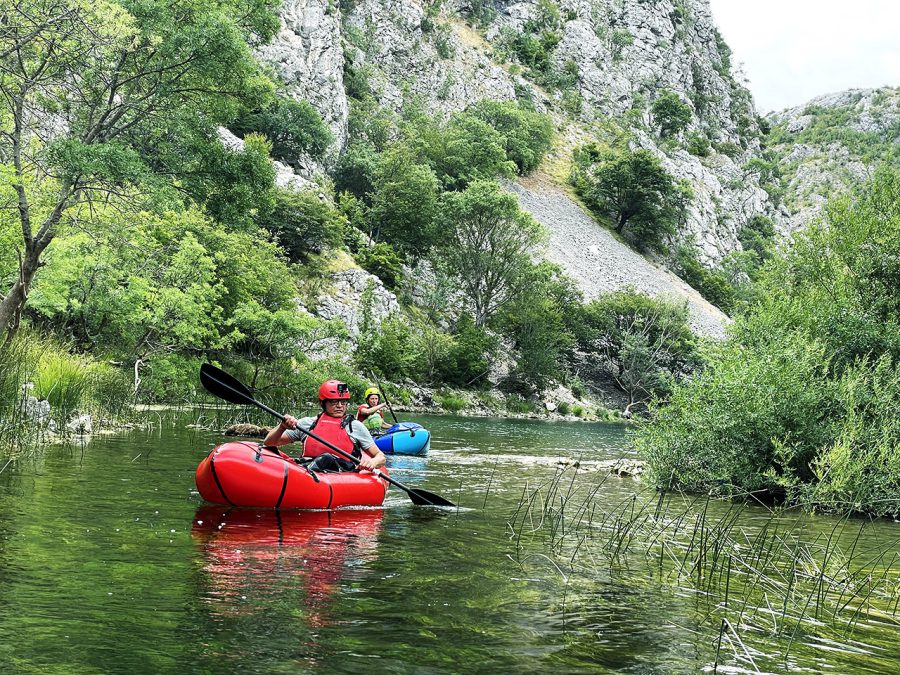
The Zrmanja is 69 km long and is a typical karstic river with numerous waterfalls, cascades, and rapids. From its source at the Misije rock in the mountains of Plješevica, the river flows through a 200-metre-deep canyon before flowing into the Adriatic Sea in the bay named Novigradsko More. The surrounding area is rather arid (we even spotted a couple of tortoises), which makes it very surprising to see such a beautiful river with its emerald green waters there. In spring and autumn, the water levels are much higher, and it is popular for rafting, while in the low water period in July and August, it is mostly used for kayaking and canoeing.
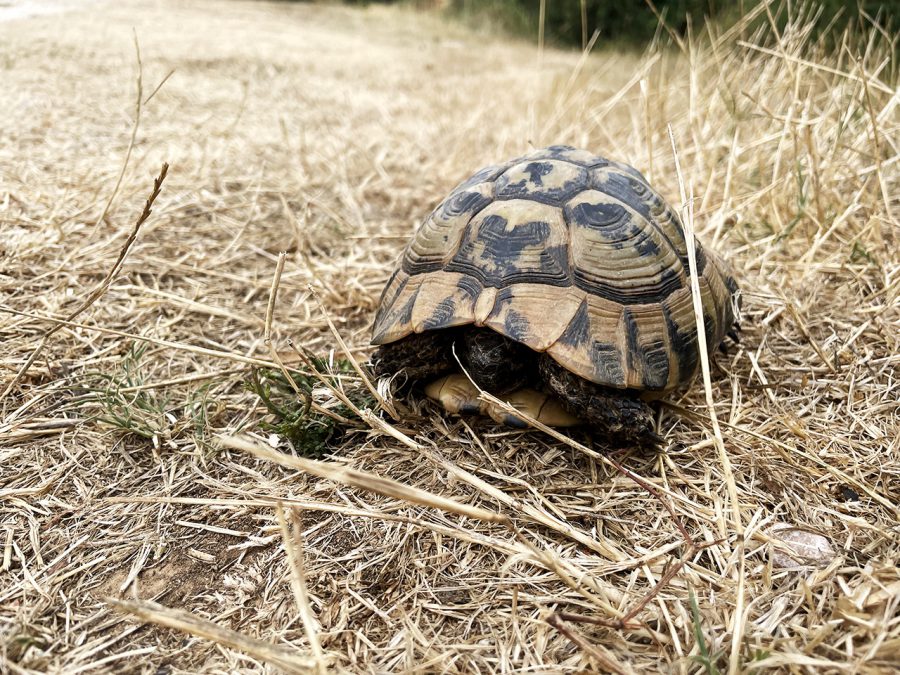
Our original plan was to spend a couple of days on the river, however, just before we arrived, Živa found out that as the river is part of Velebit Nature Park, it is not allowed to paddle it on your own as you needed to have a permit to do it. But how to get one was not clear. I tried to ask around at Zadar, but all I could get was that I needed to book a tour if I wanted to paddle that river.
But that was not what we wanted to do. That is why when my friends came to pick me up, we decided to head to Kaštel Žegarski, a village on the Zrmanja, where Raftrek company was located. This company organizes rafting and kayaking trips on the river, and it so happened that Remi and Živa met one of the guides working for this company during this year’s Packrafting Meet-up in Slovenia – he is also a packrafter.
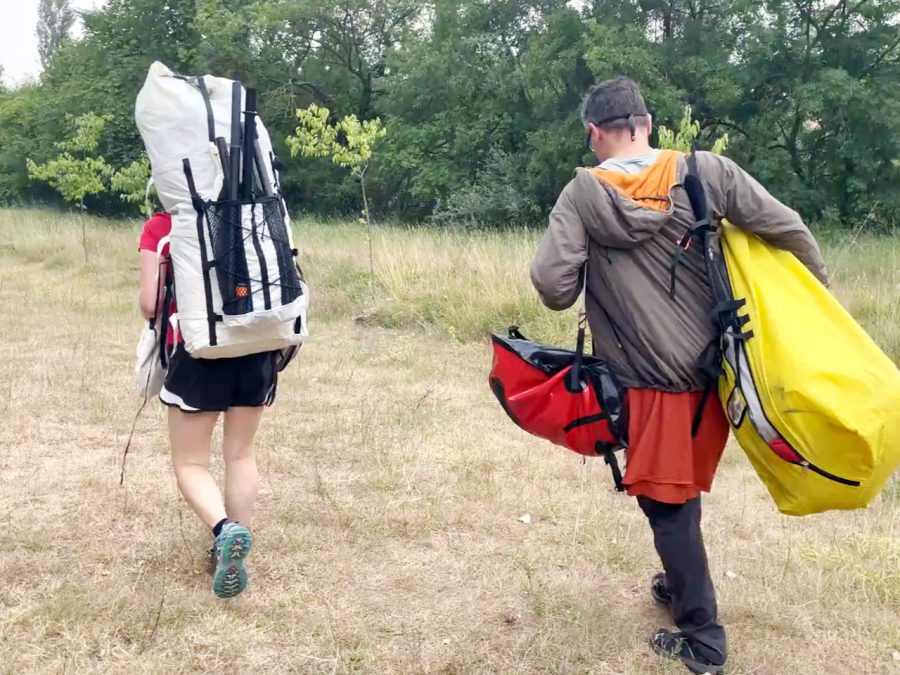
“Maybe they could help us,” said Remi. I was skeptical though. “Why would they help us if they do not get anything back from it?” I thought to myself because this was the attitude I faced at the coast. But I was wrong, and it was the right thing to do. While the guide they met before was at the head office in Zagreb, the people we met were very friendly. They explained to us that it is indeed necessary to have a permit if we wanted to paddle the middle section (“between the two bridges”, which is relatively short but is the most beautiful one on the river) and that we could get it from one of the three companies that ran tours there.
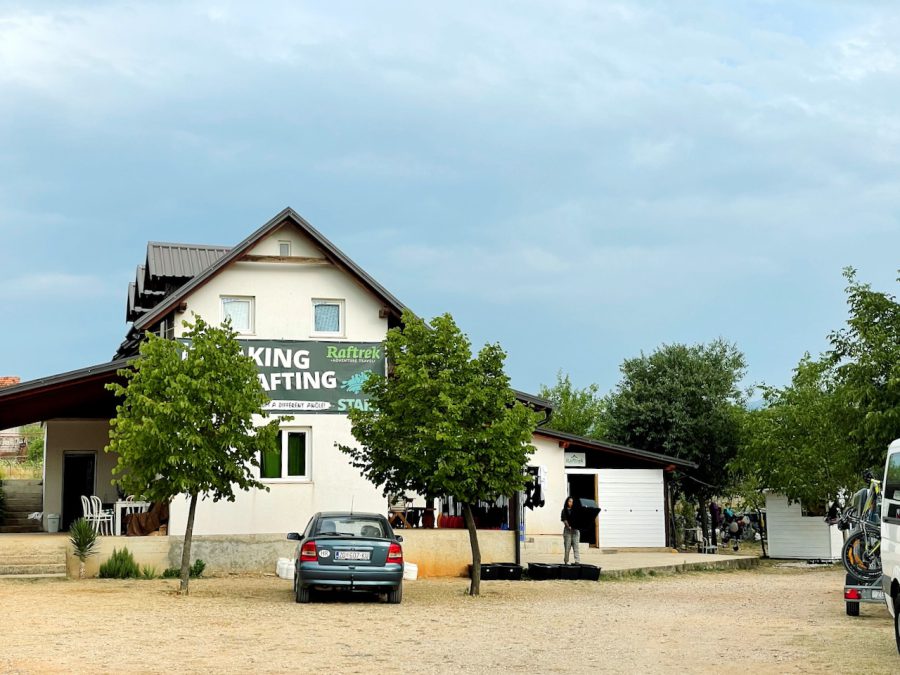
Only one company was allowed to sell such permits on a particular day and the next day (when we were planning to paddle the rive), it would be the turn of their neighbors – Zrmanja River Tours. They also asked us if we had a place to stay (it was already after 6). We did not. “If you want, you can camp out on the field next to the river. We also sleep in tents there.” We gladly agreed.
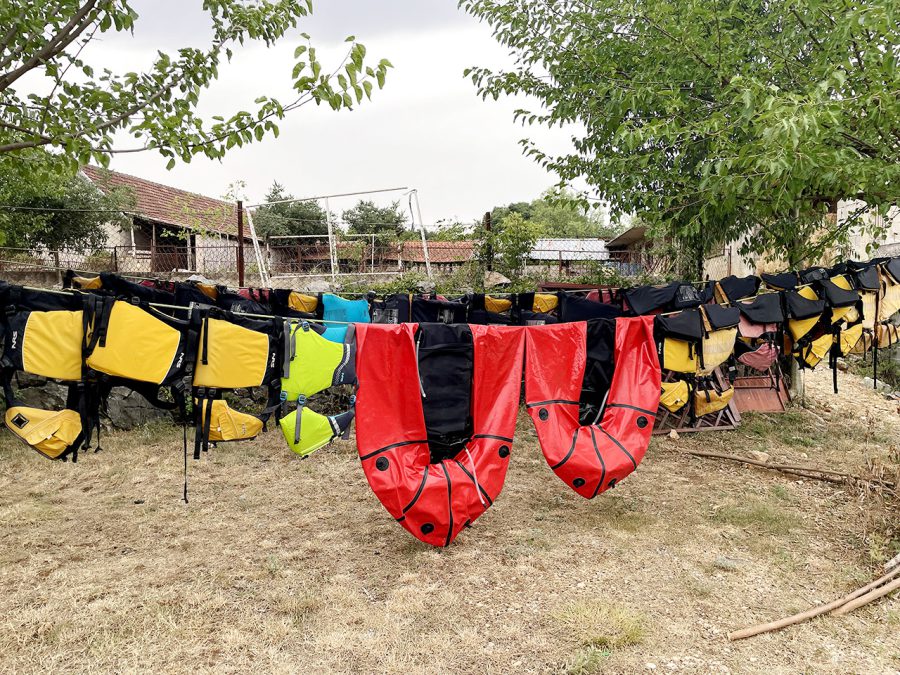
One of the people we spoke to was Davor, who founded Raftrek Travel over 10 years ago. He was interested to learn that we were packrafters. As it turned out, he had met and paddled with Seon from Packrafting Europe.
What’s more, besides the ‘traditional’ inflatable sit-on-top two-person kayaks (which we call banana boats), they also had a dozen of packrafts, all of which were self-bailer models of Alpacka Rafts classics. A few of them were hanging to dry in the yard. He told us that they were developing a multi-day packrafting tour in Croatia, which presupposed river hopping as well. Pretty much what we were planning to do. “Next time you should come here in spring,” Davor told us. “The water is incredibly beautiful then.”
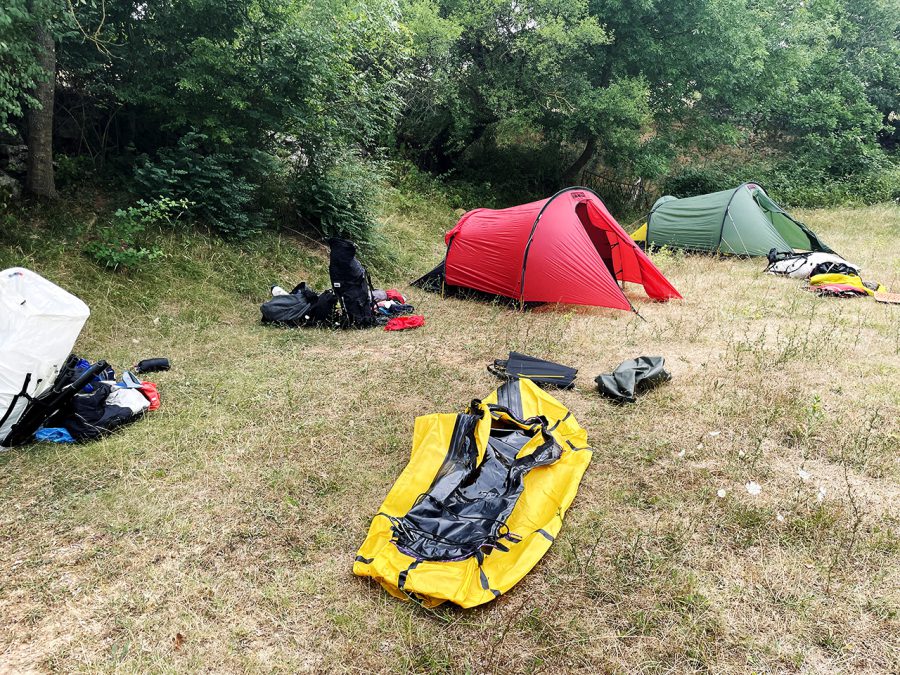
Having set up our two tents (Remi had his own and Živa was staying in mine), we enjoyed a dinner (with a watermelon – they are very cheap in the Balkans) and watched how Davor was teaching his younger guides to roll a kayak.
That night it rained, and with the rain drops came down the brownish sand that had been blown to Croatia from Sahara. It covered out tents and packrafts (two Alpacka Rafts and a Russian Black Pike Advanced) in a thin layer.
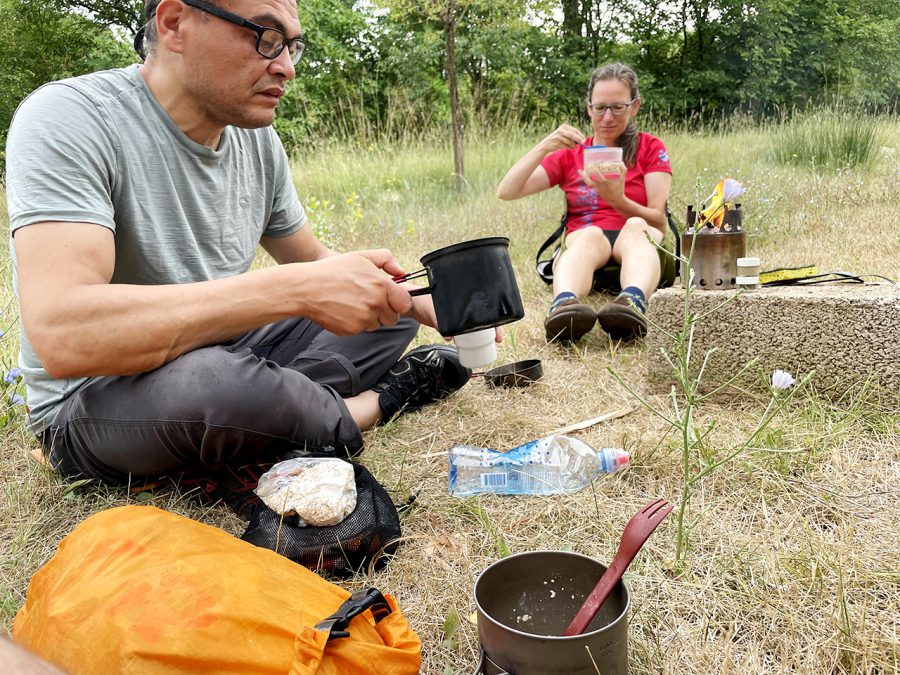
The next morning, we rushed to the ‘neighbors’ to get the permits (just under 10 Euro per person) to start before the ‘rush hour’ – the night before we had been told that Raftrek alone would have a couple of hundred tourists on the water that day. After a quick breakfast, we got ourselves ready and set off. Even though the water the put in was cold, we were advised not to wear drysuits. “It will be really hot today,” we were told, and it was.
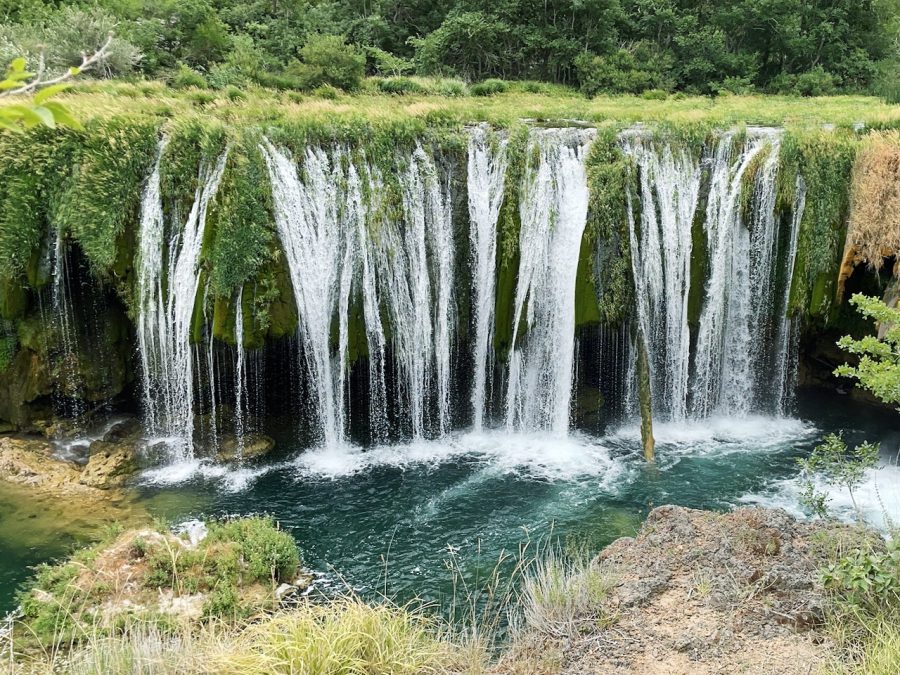
At first the river was rather shallow and, at times, resembled a creek. There were some rapids, but nothing major. The lush greenery on the riverbanks was surrounded by barren rocks above us. Gradually, the river became bigger. The rapids and the drops became also bigger. At one of the drops, we caught up with a group of tourists on their banana boats that had left before us. And we were happy that we did, as the guides showed us some good lines.
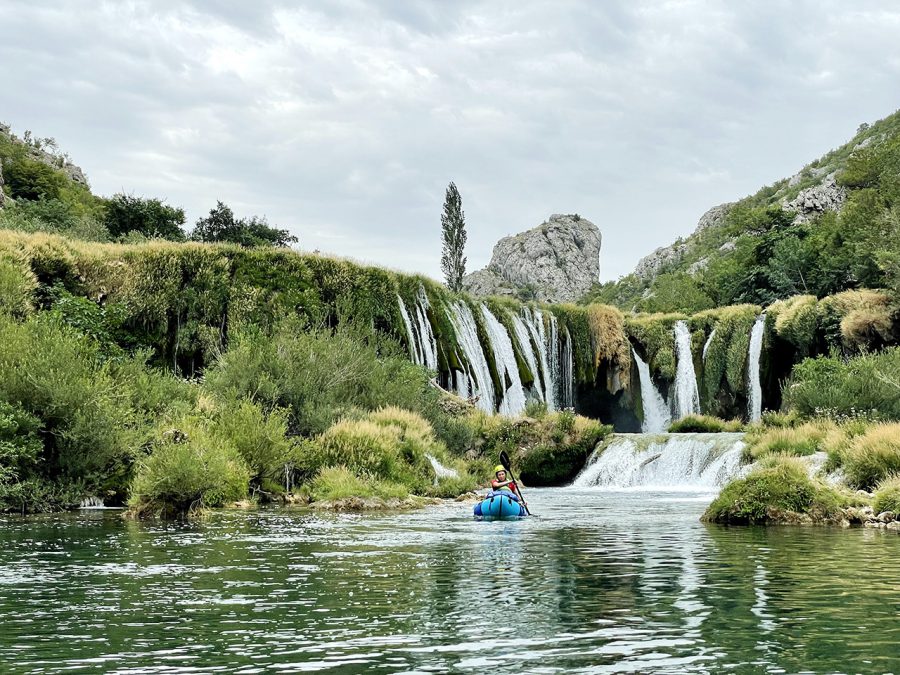
Soon after that the Krupa River joined the Zrmanja, we arrived at the Visoki Buk waterfall. With its largest drop of 9 meters, it is the highest waterfall on the river. We picked up our packrafts and portaged it on the left, whereas the guides of the travel company sent the empty banana boats down one of the shoots. The tourists walked around as well. From down under the Visoki Buk waterfall looked very impressive even in this low water, which made us wonder how much more beautiful it is in spring.
The stretch after this was probably the most interesting. There were numerous small drops and rapids which culminated in the Ogarov Buk waterfall, which, with its 3 metes, is the second biggest drop on the river.
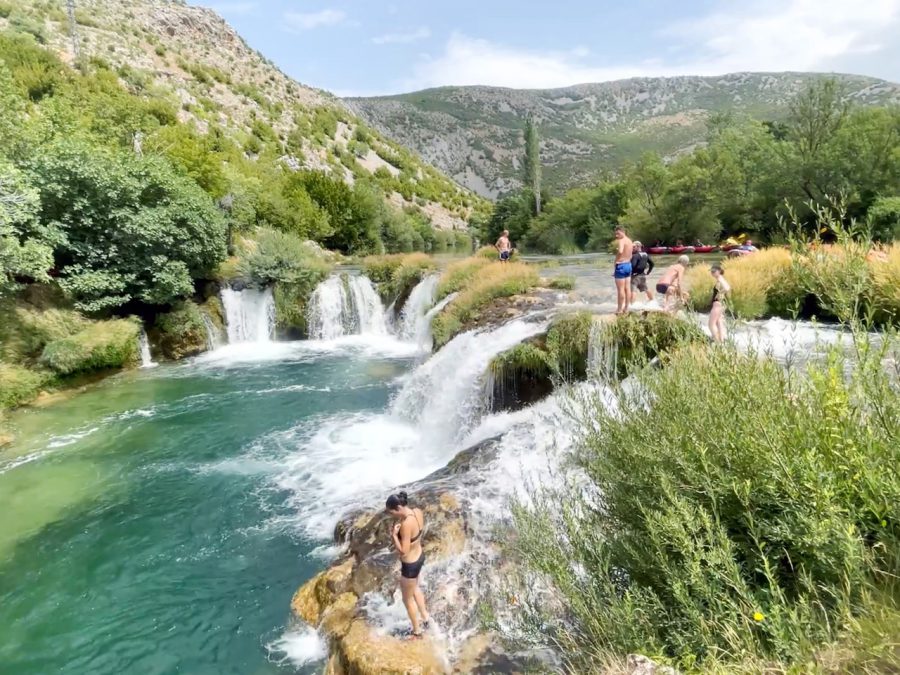
When we arrived there, there were a lot of people frolicking in the water. They would climb up the rocks and jump into the pool below. (It looked like some of them had come up from downstream with canoes. Other must have hiked in there.) When they saw us, one of them pointed at a place encouraging us to jump with our packraft there. We were not so sure about that though. For all of us, this would have been the first jump of the type and we needed a lot of encouragement.
This encouragement came from the commercial group. Having left only one person in the banana boat, the guides guided it down towards the place, which that guy pointed out earlier. The boats, which were closer to 5 meters long, would not even have a chance to topple as they would hit the water below before leaving the rock above.
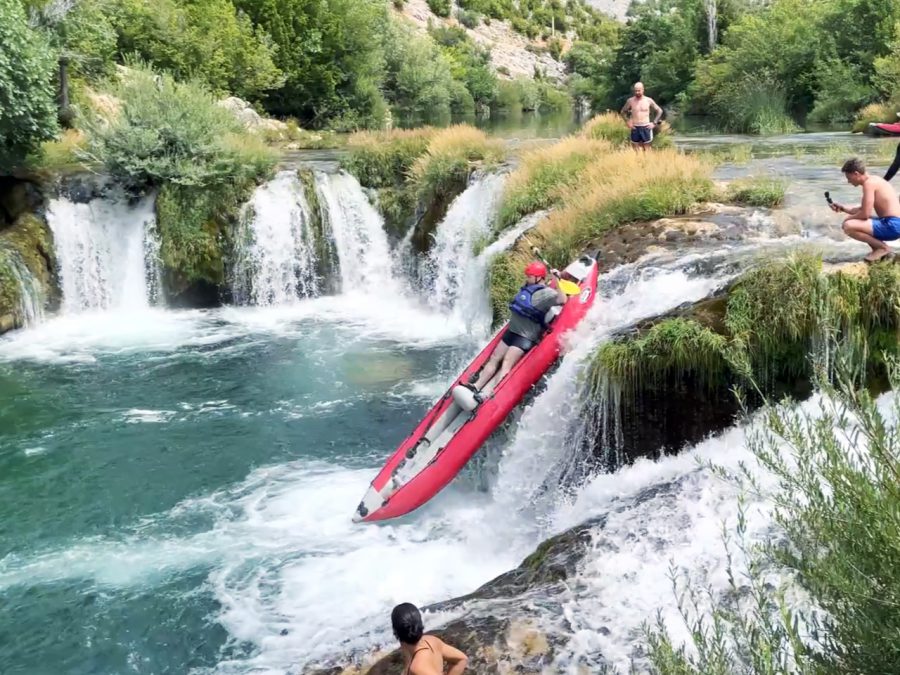
It looked like a lot of fun! And I decided to go first. There was too little water to boof (not that I know how to do it properly), but I managed to get down without flipping. Živa followed me and succeeded as well. Only Remi flipped as his packraft turned slightly sideways. It was our first, but not the last swim this trip. (And two out of three is a good score for the first time, don’t you think so?)

The last section before the take-out was broad, deep, and slow-moving. We also paddled much slower in the anticipation of the end. It was also very hot, and we were dreaming about having an ice-cream. Just before we reached the ‘second’ bridge, there was a café where we could get these cold treats.
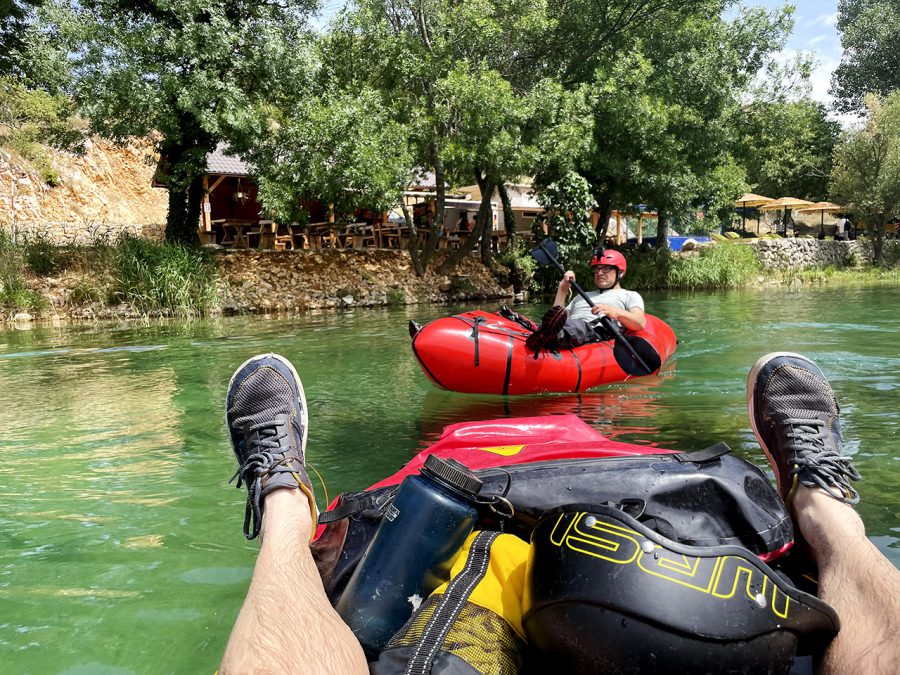
While we were eating Živa started a conversation with a Slovenian couple who were there on holidays with their ten-year-old son. He was very interested in our packrafts – as it turned out he had been training white-water kayaking for some years already. That’s why Živa offered him to try out her Wolverine, which he liked. “Maybe a boat like can be good for him when we are traveling,” his parents said before saying goodbye to us. We could not agree more.
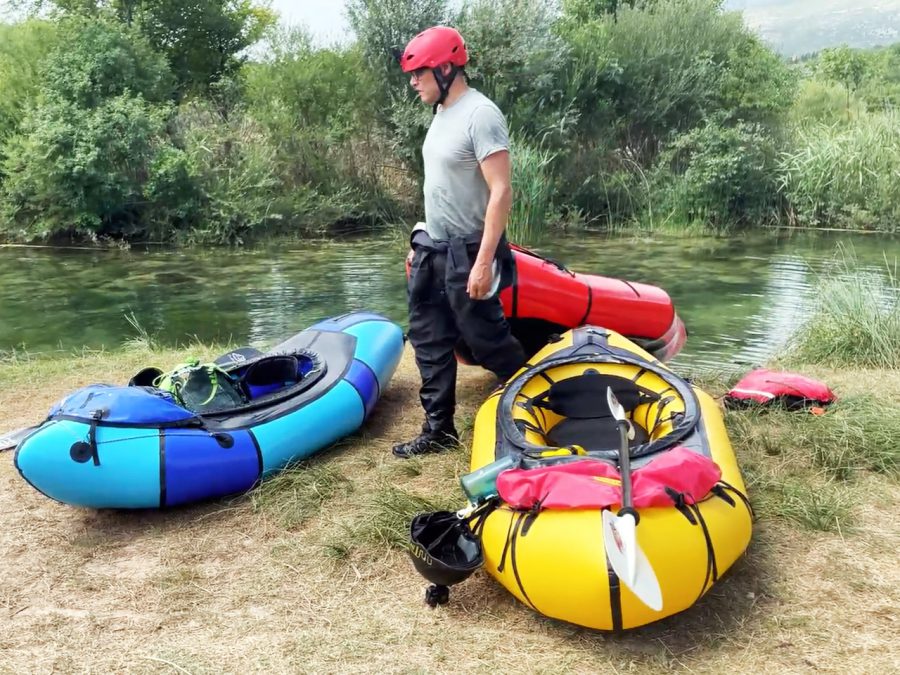
Just a bit after the bridge we arrived at the takeout point that the commercial companies were using. We pulled out packrafts on the side next to the banana boats that were waiting to be picked up. Živa left hitchhiking back to the starting point to pick up her car, while we were left behind to pack up our packrafts. And while we were doing it a few more groups arrived. As we were not completely certain of where to go next, I talked to one of the guides and asked him what other rivers he would suggest. He said the Una. And that is the river we went to next.
To be continued…
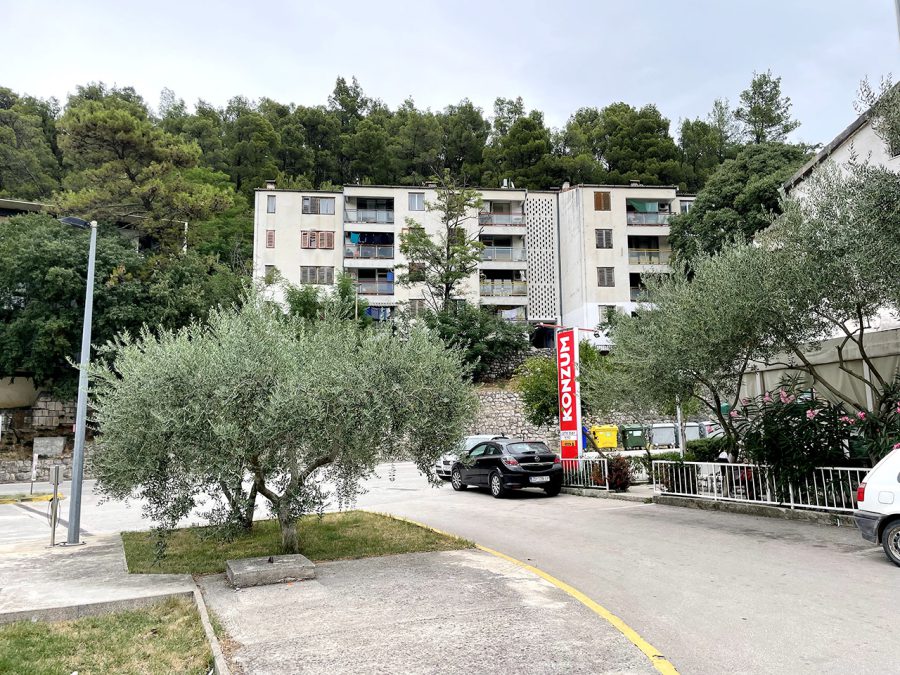
- « 前へ
- 2 / 2
- 次へ »
TAGS:

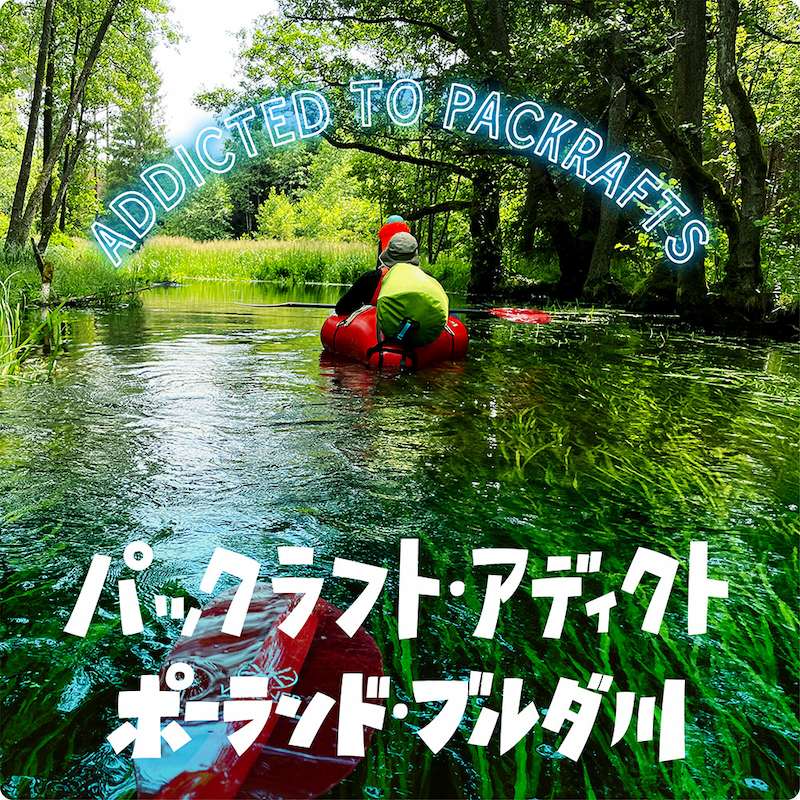

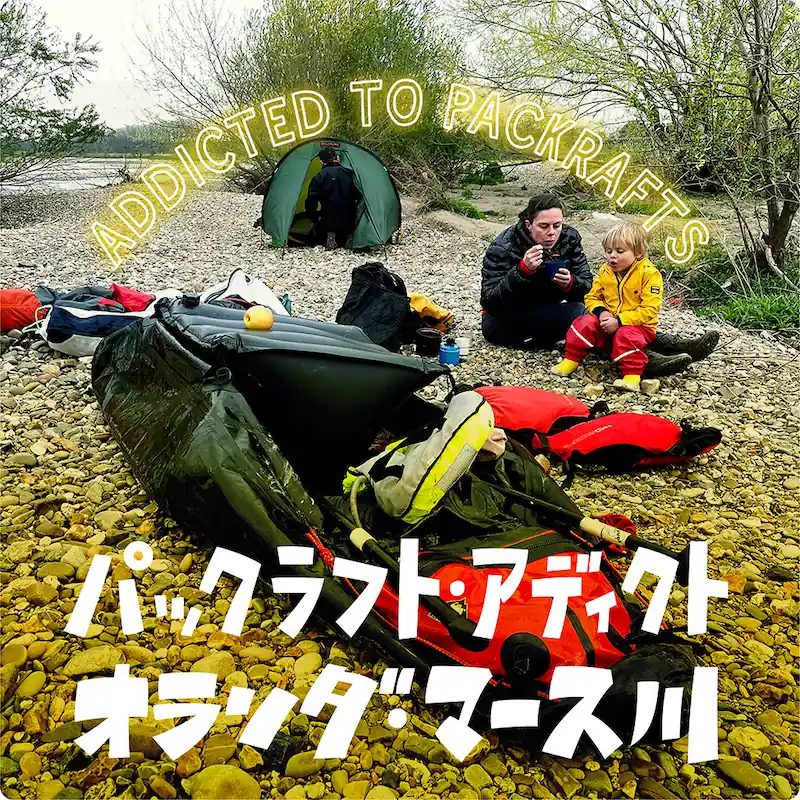



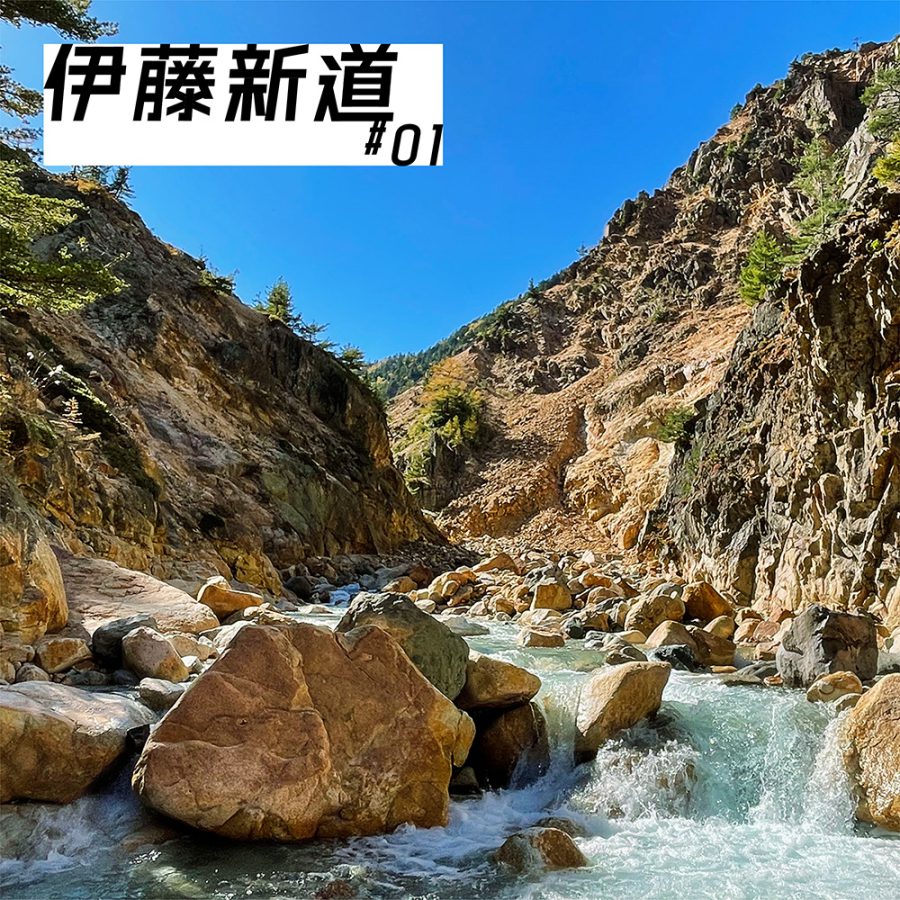
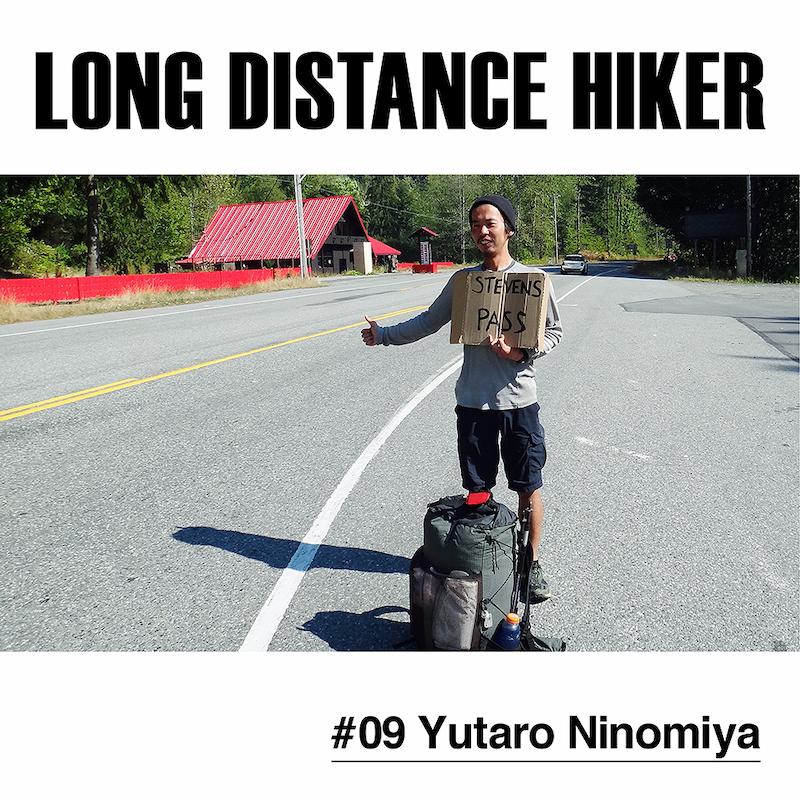
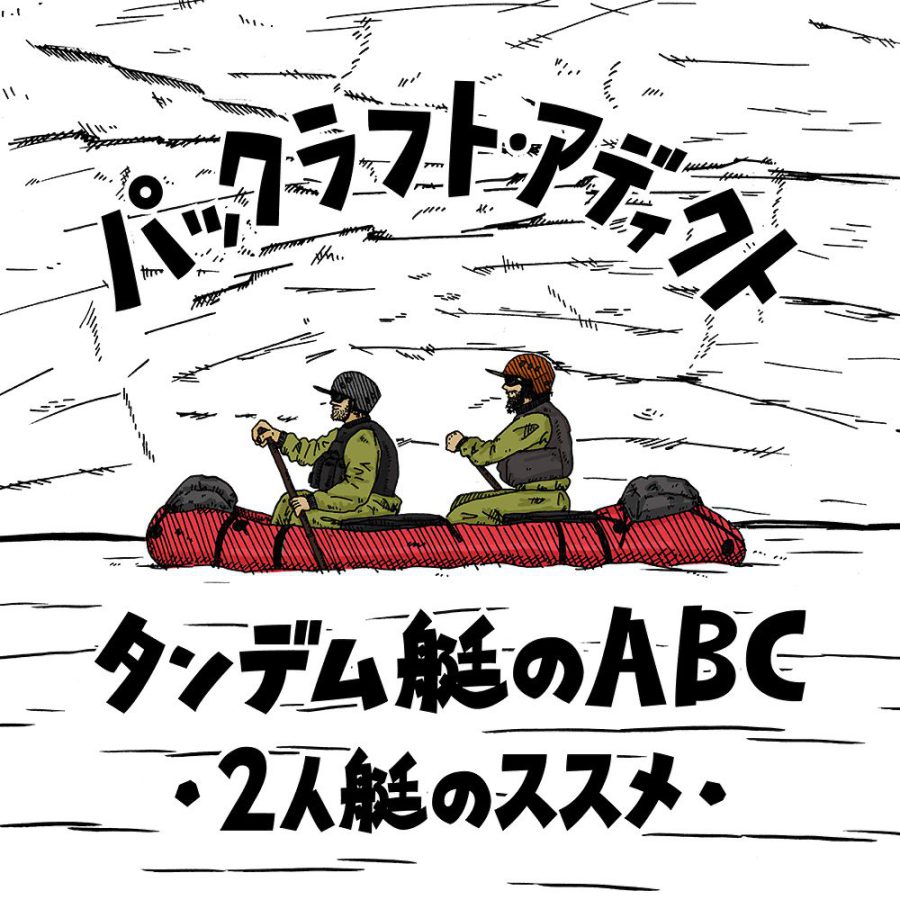
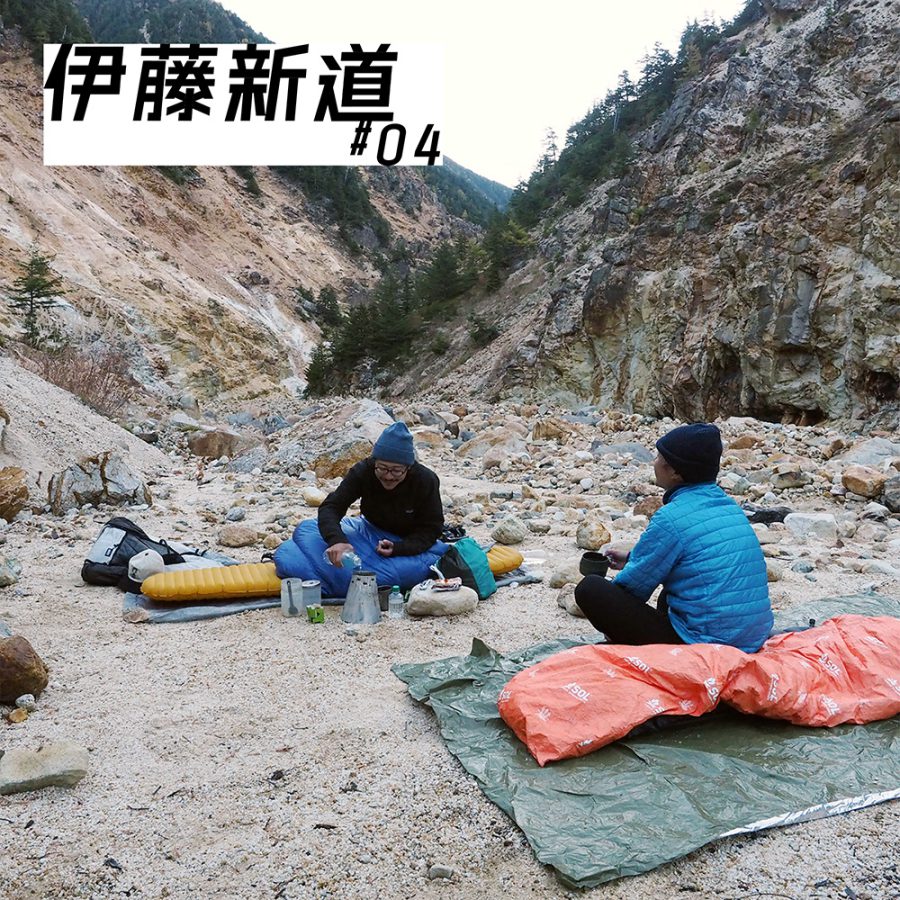
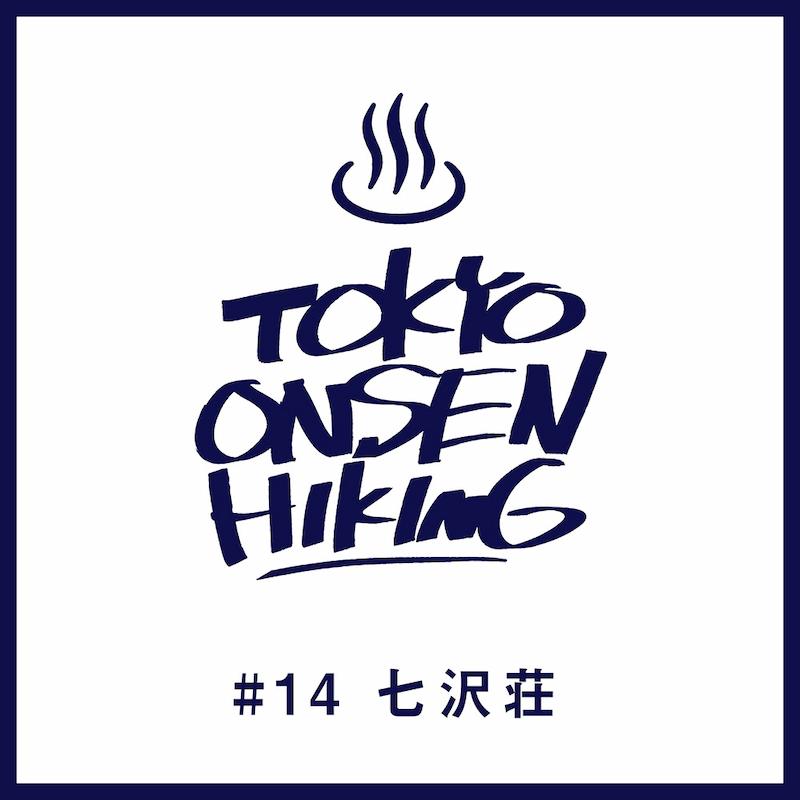

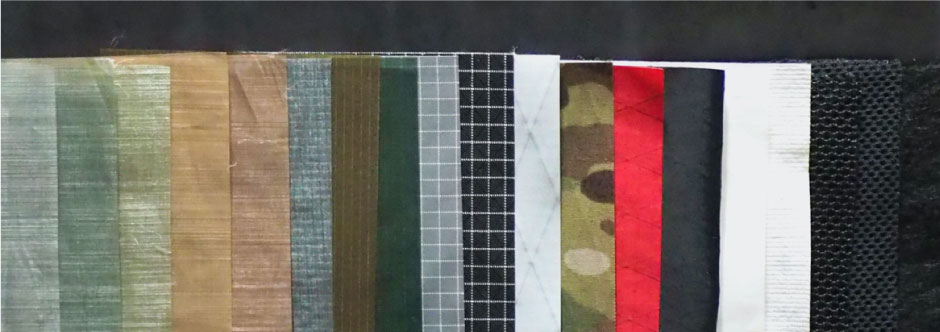
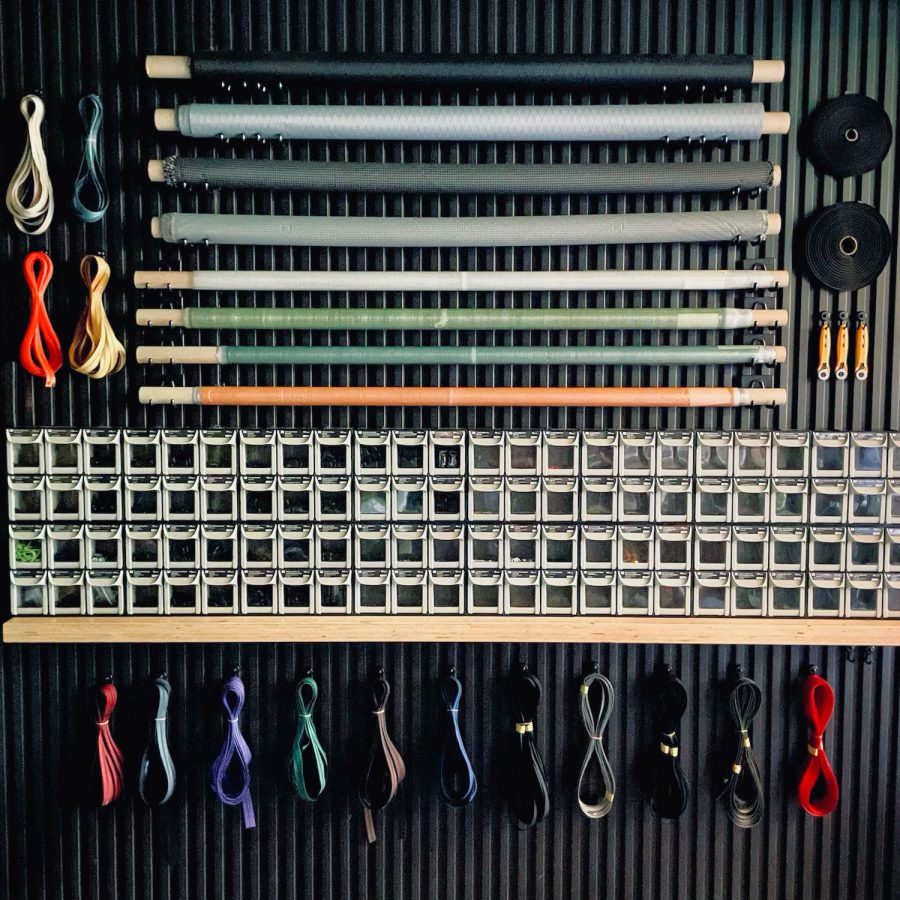 ULギアを自作するための生地、プラパーツ、ジッパー…
ULギアを自作するための生地、プラパーツ、ジッパー… 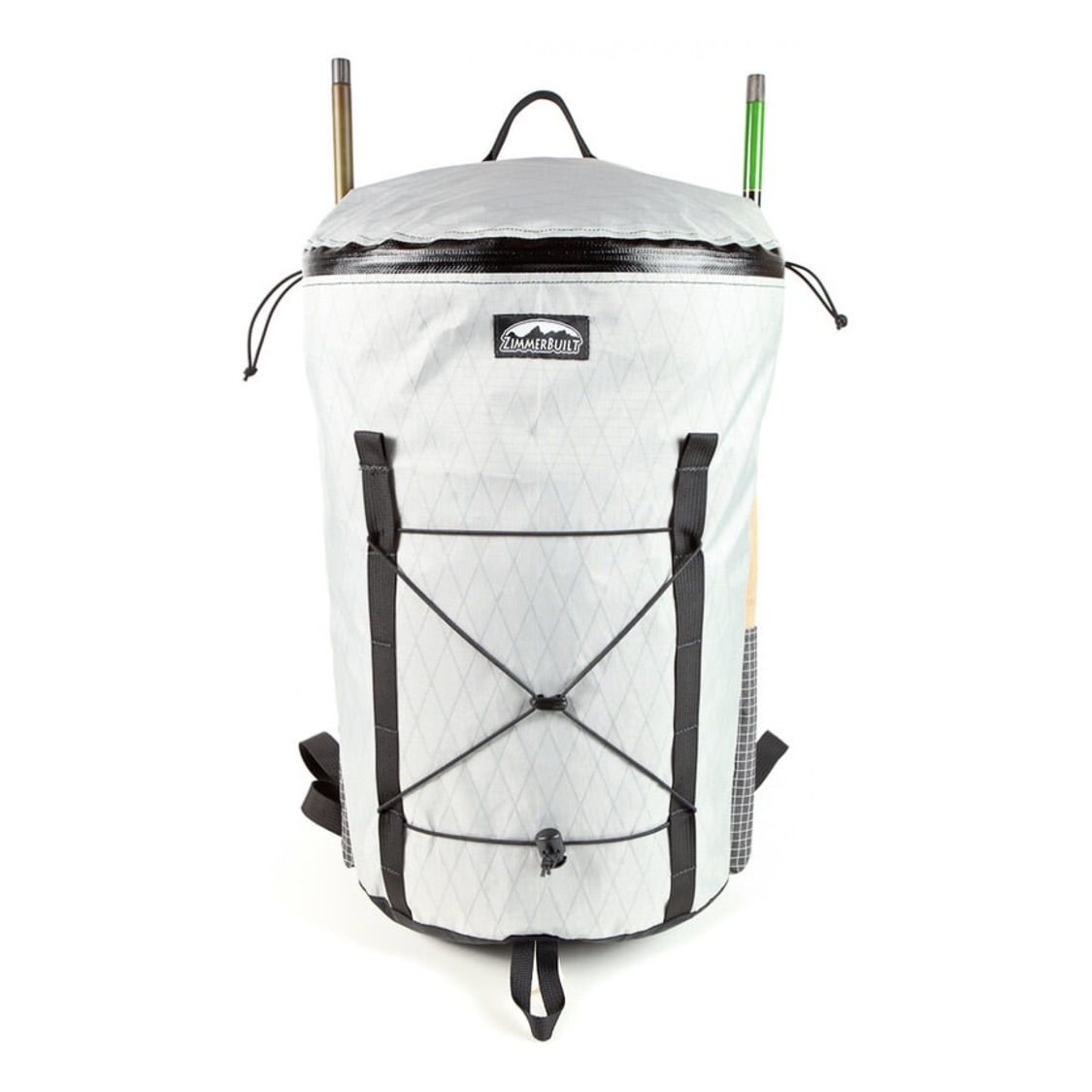 ZimmerBuilt | TailWater P…
ZimmerBuilt | TailWater P… 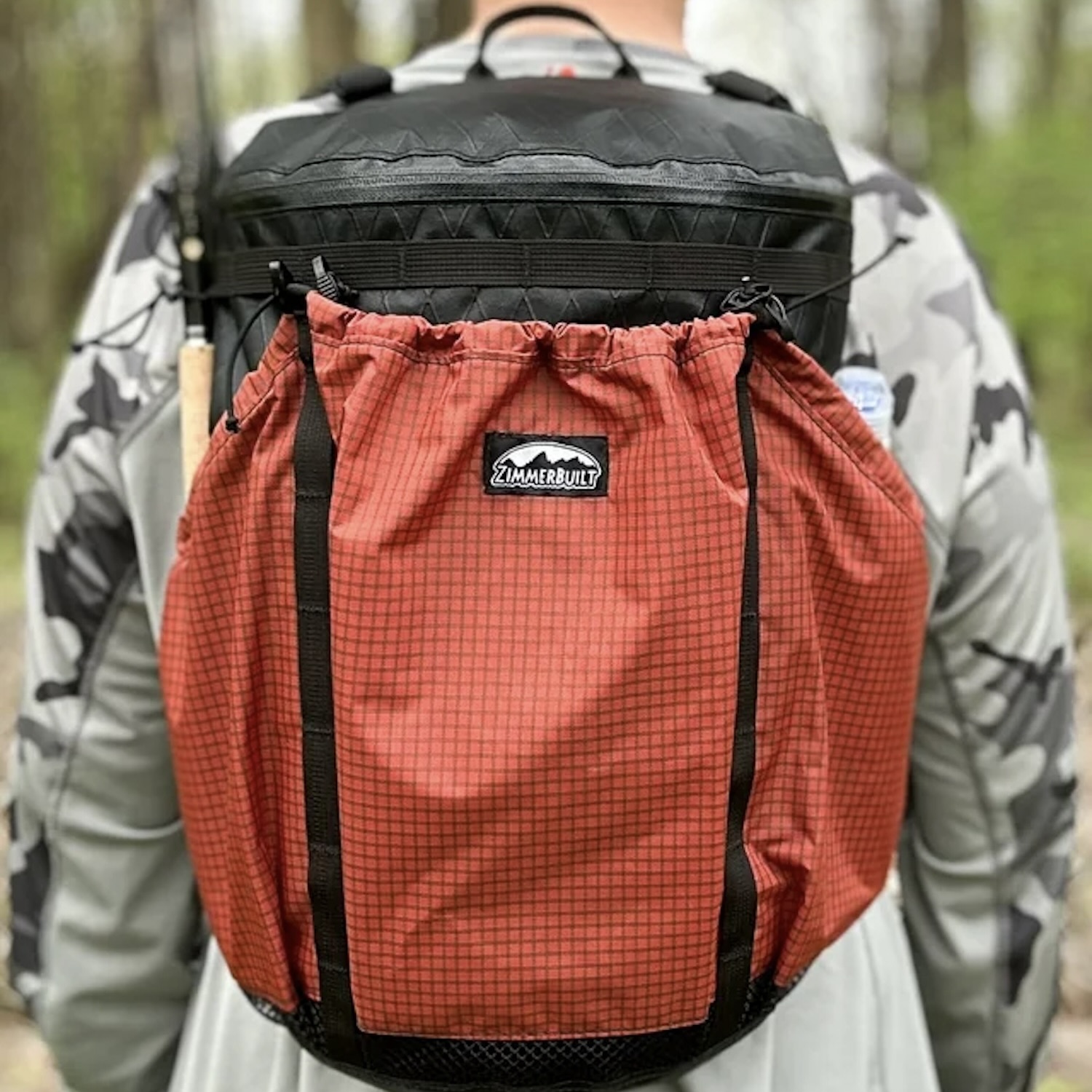 ZimmerBuilt | PocketWater…
ZimmerBuilt | PocketWater… 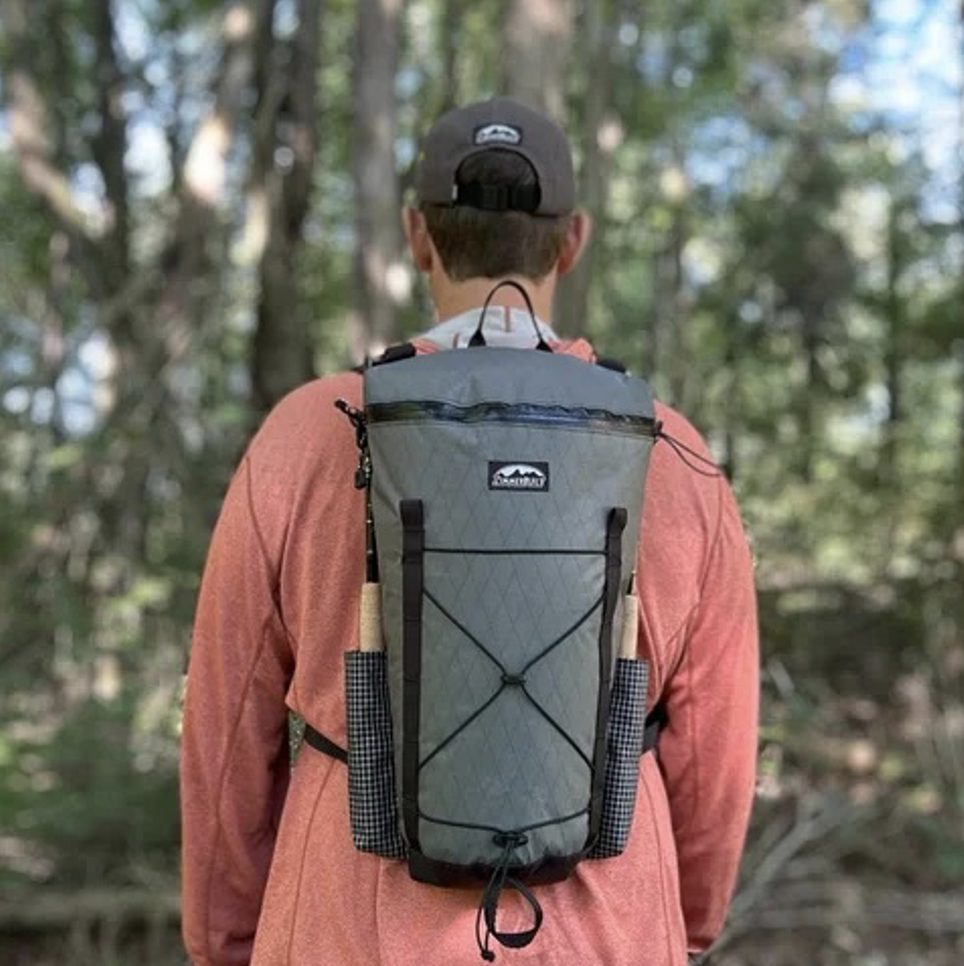 ZimmerBuilt | DeadDrift P…
ZimmerBuilt | DeadDrift P… 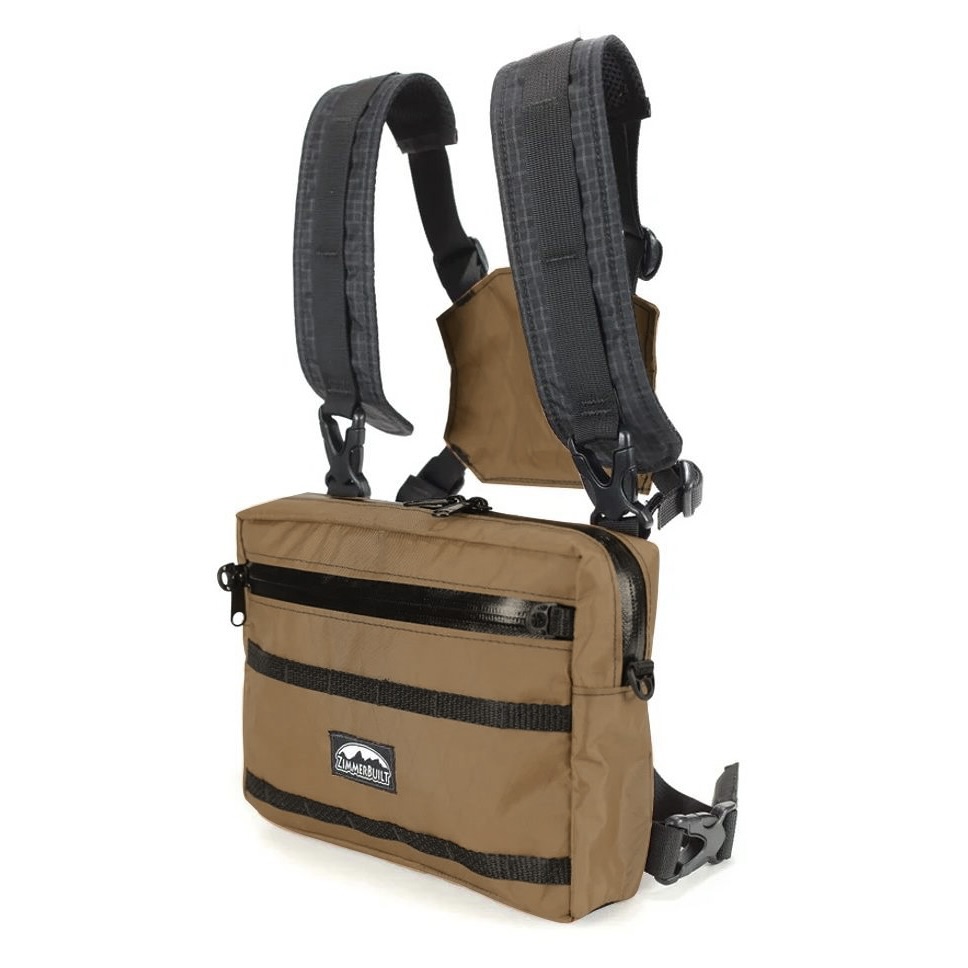 ZimmerBuilt | Arrowood Ch…
ZimmerBuilt | Arrowood Ch… 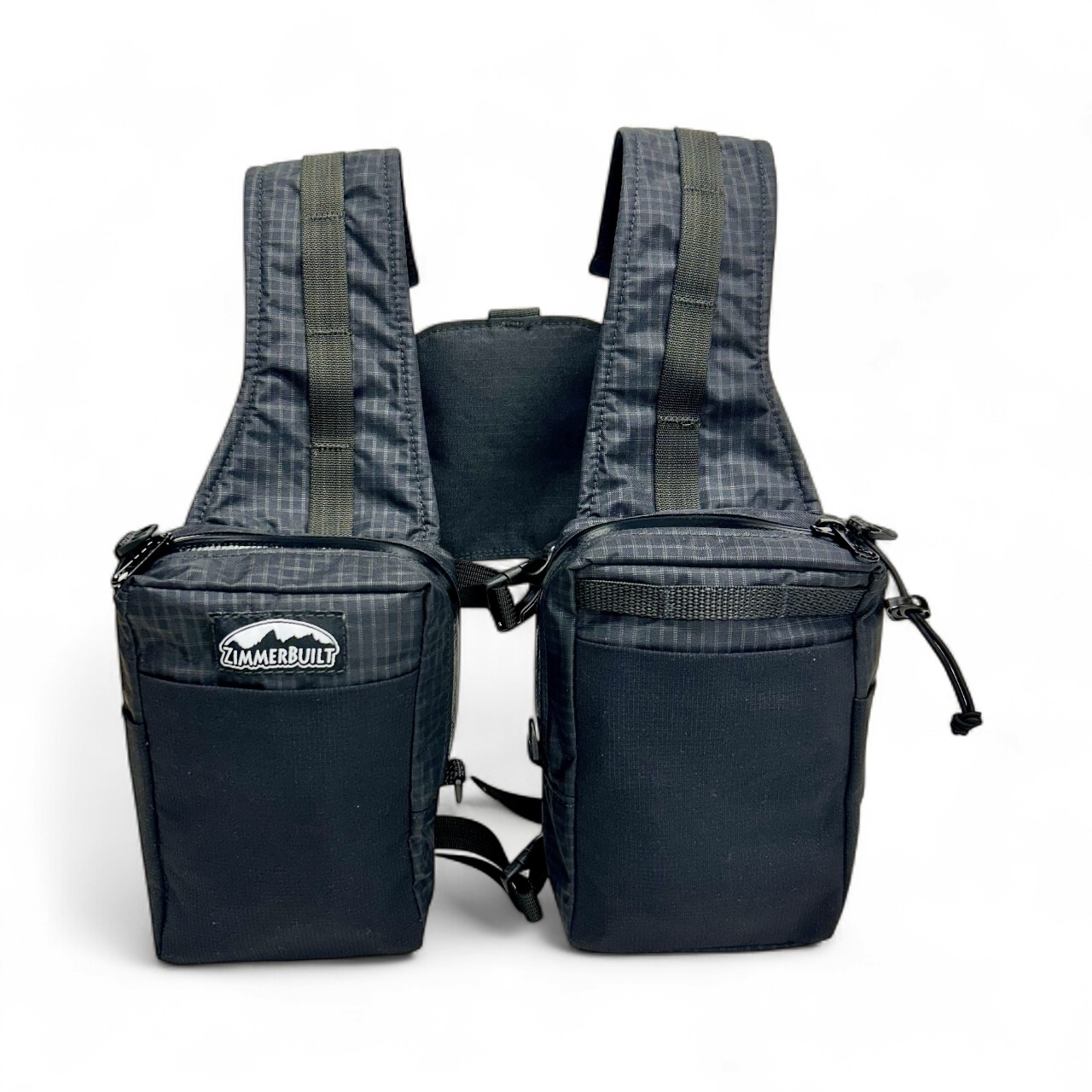 ZimmerBuilt | SplitShot C…
ZimmerBuilt | SplitShot C… 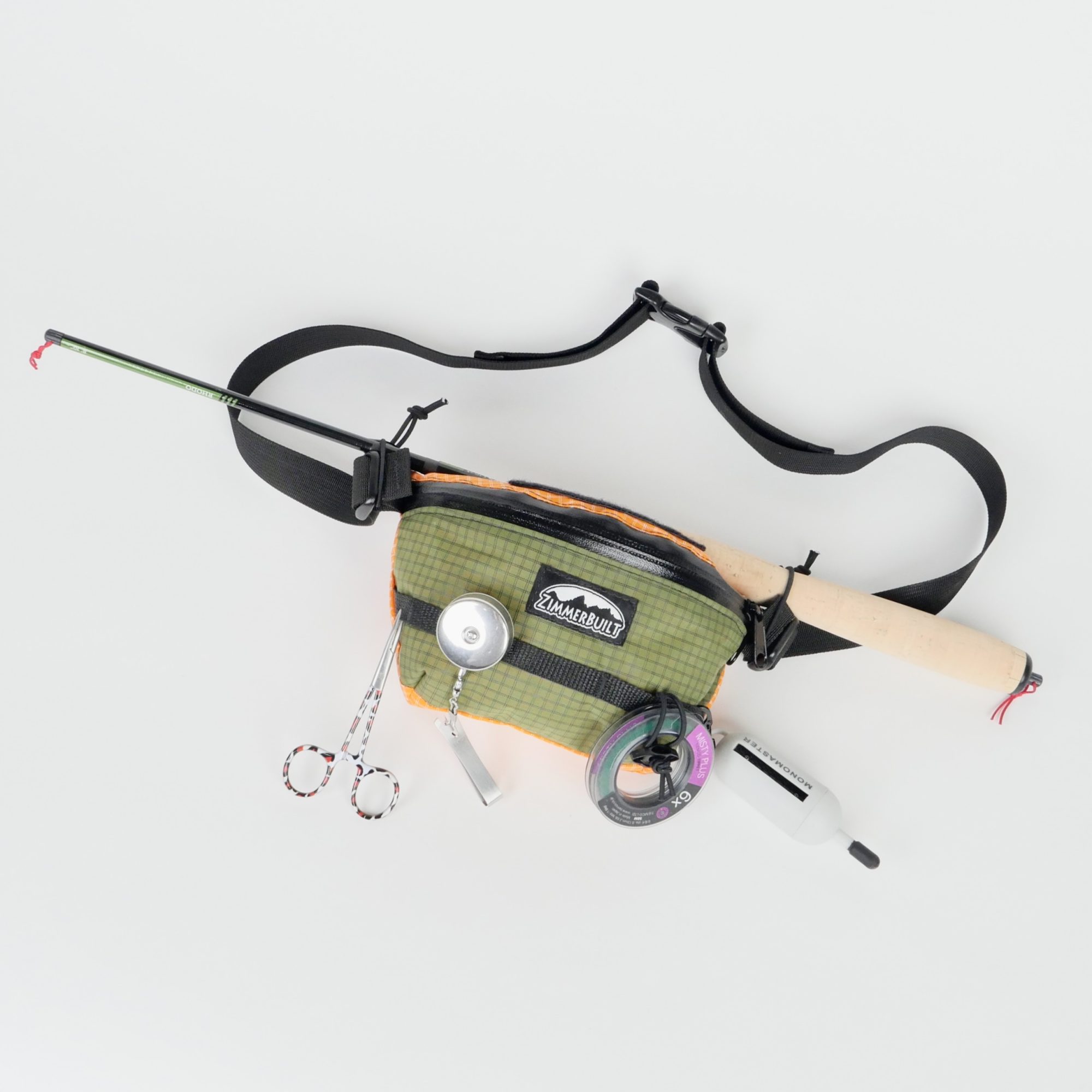 ZimmerBuilt | Darter Pack…
ZimmerBuilt | Darter Pack… 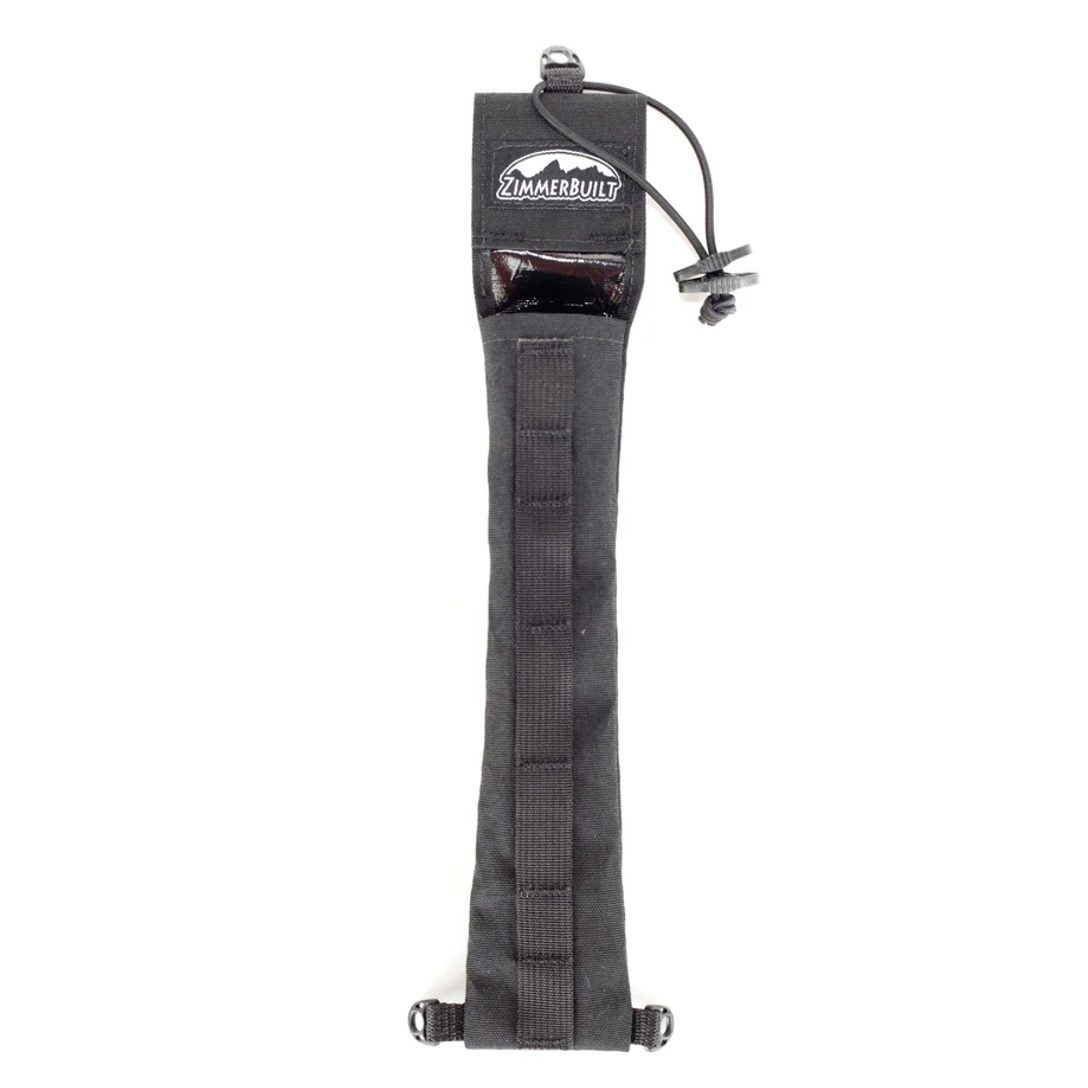 ZimmerBuilt | QuickDraw (…
ZimmerBuilt | QuickDraw (… 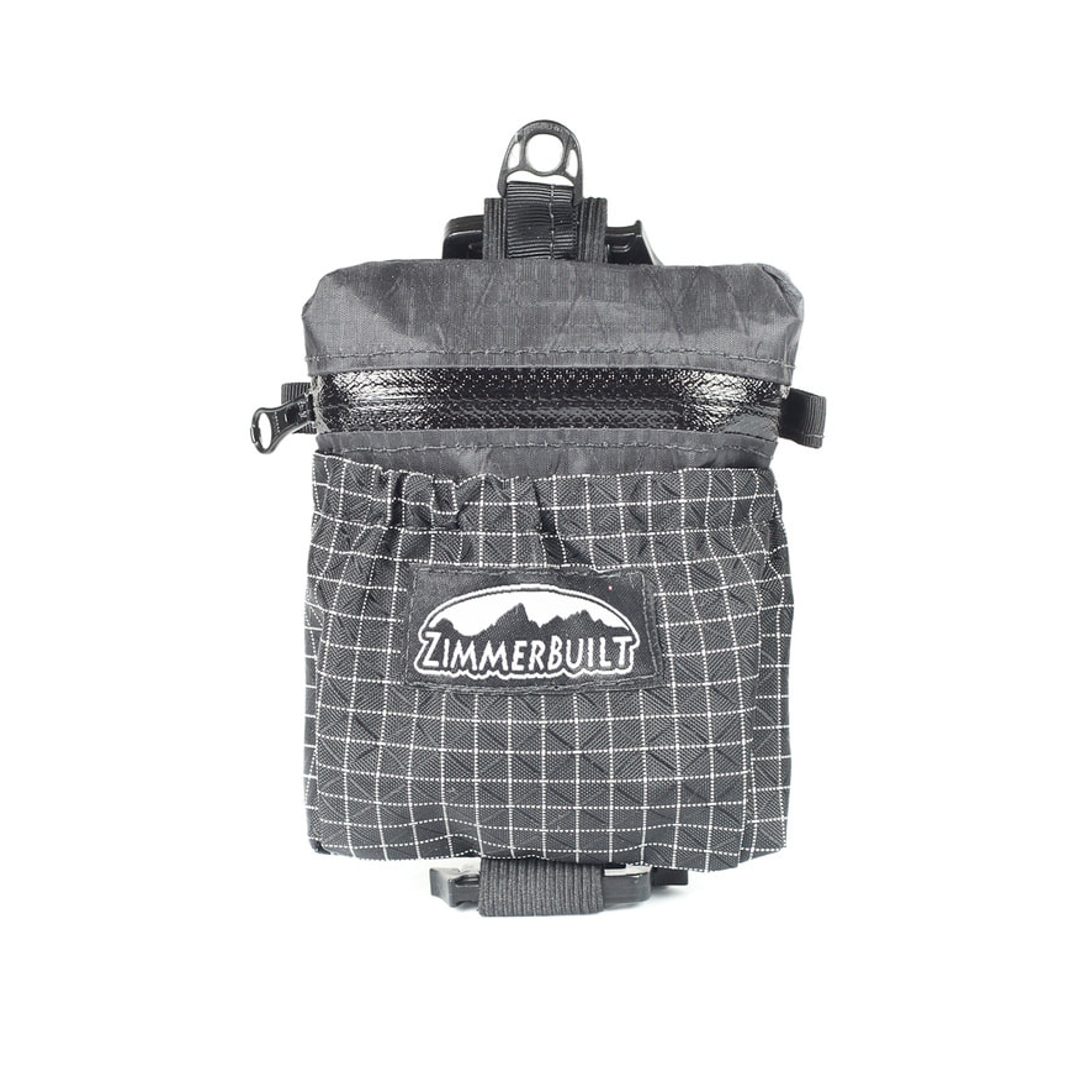 ZimmerBuilt | Micro Pack …
ZimmerBuilt | Micro Pack … 